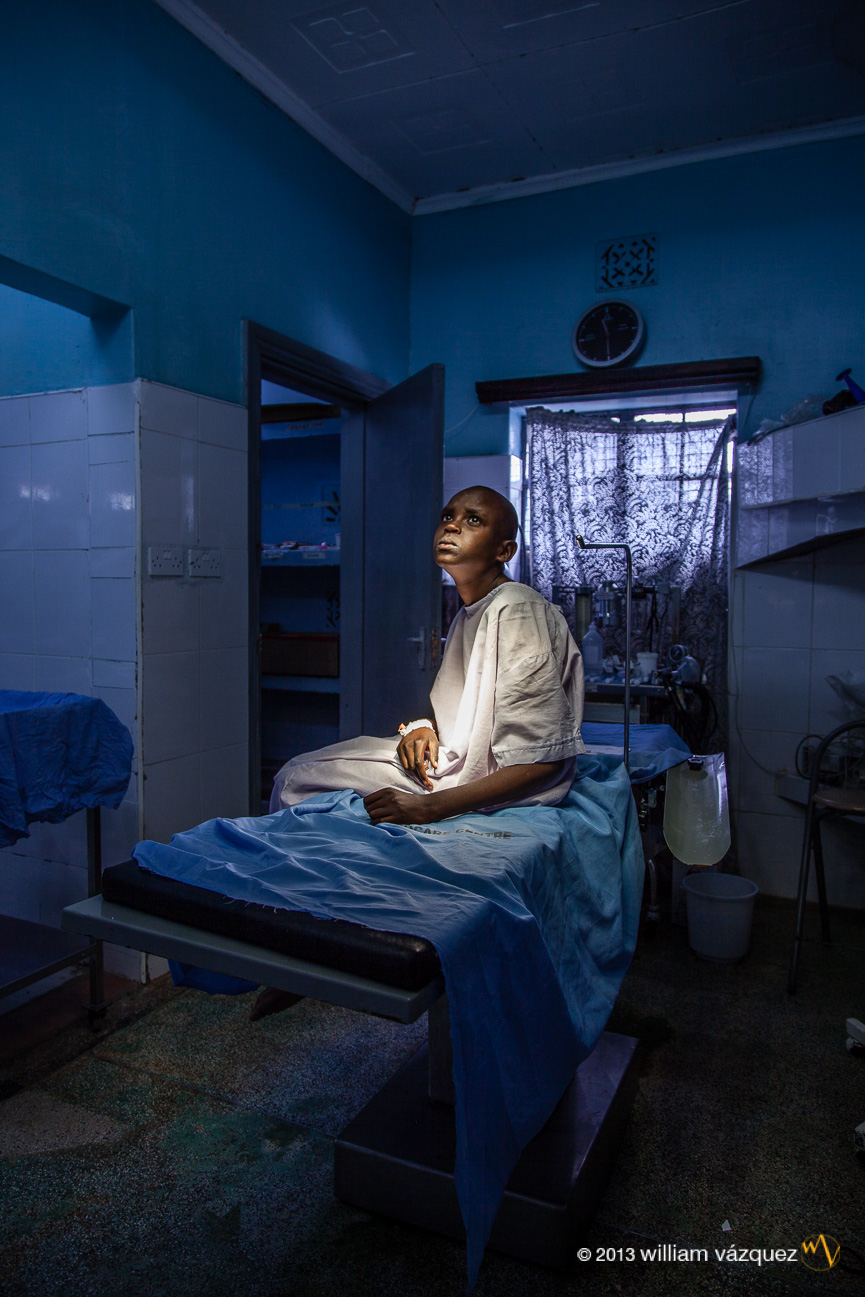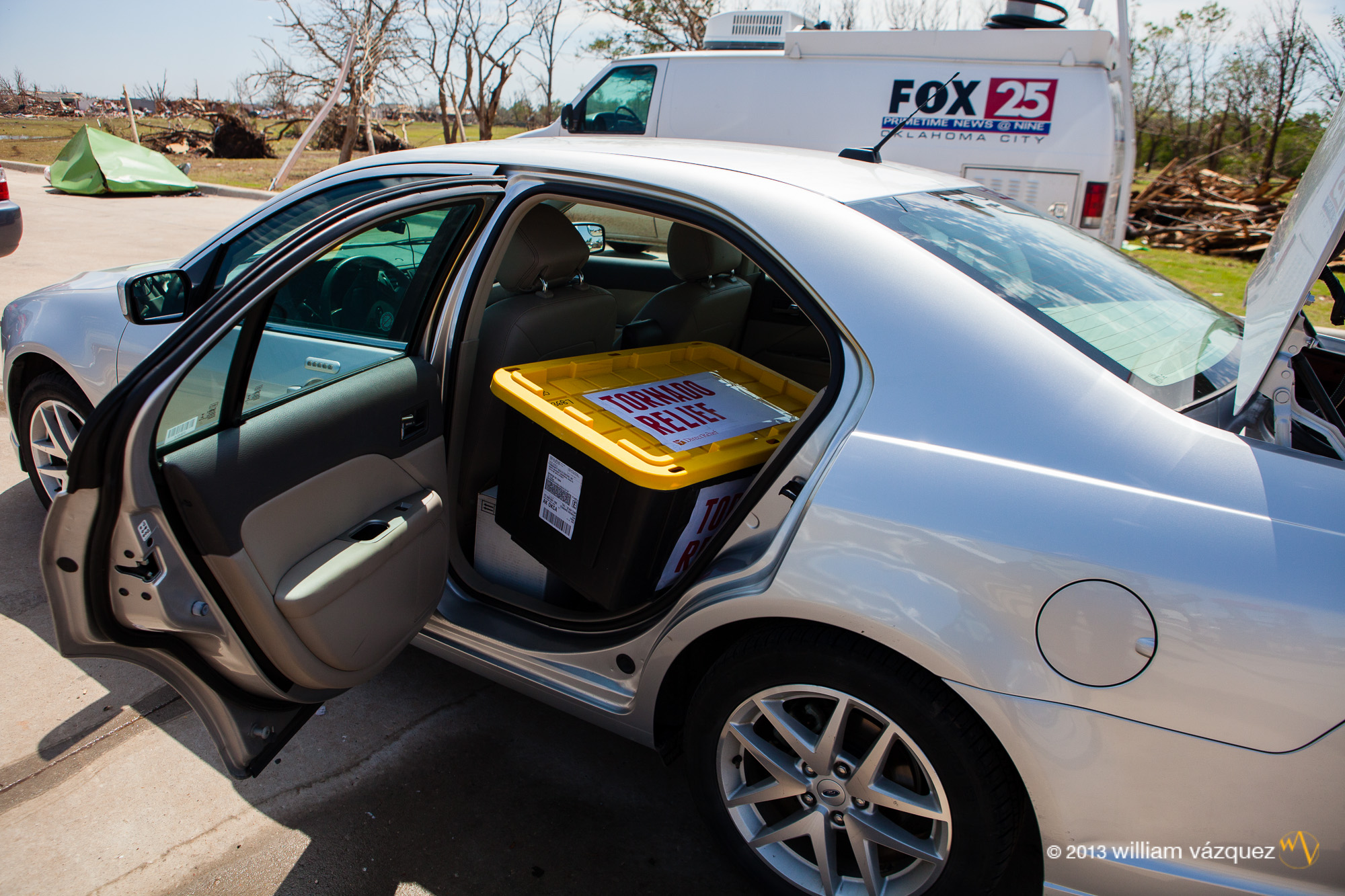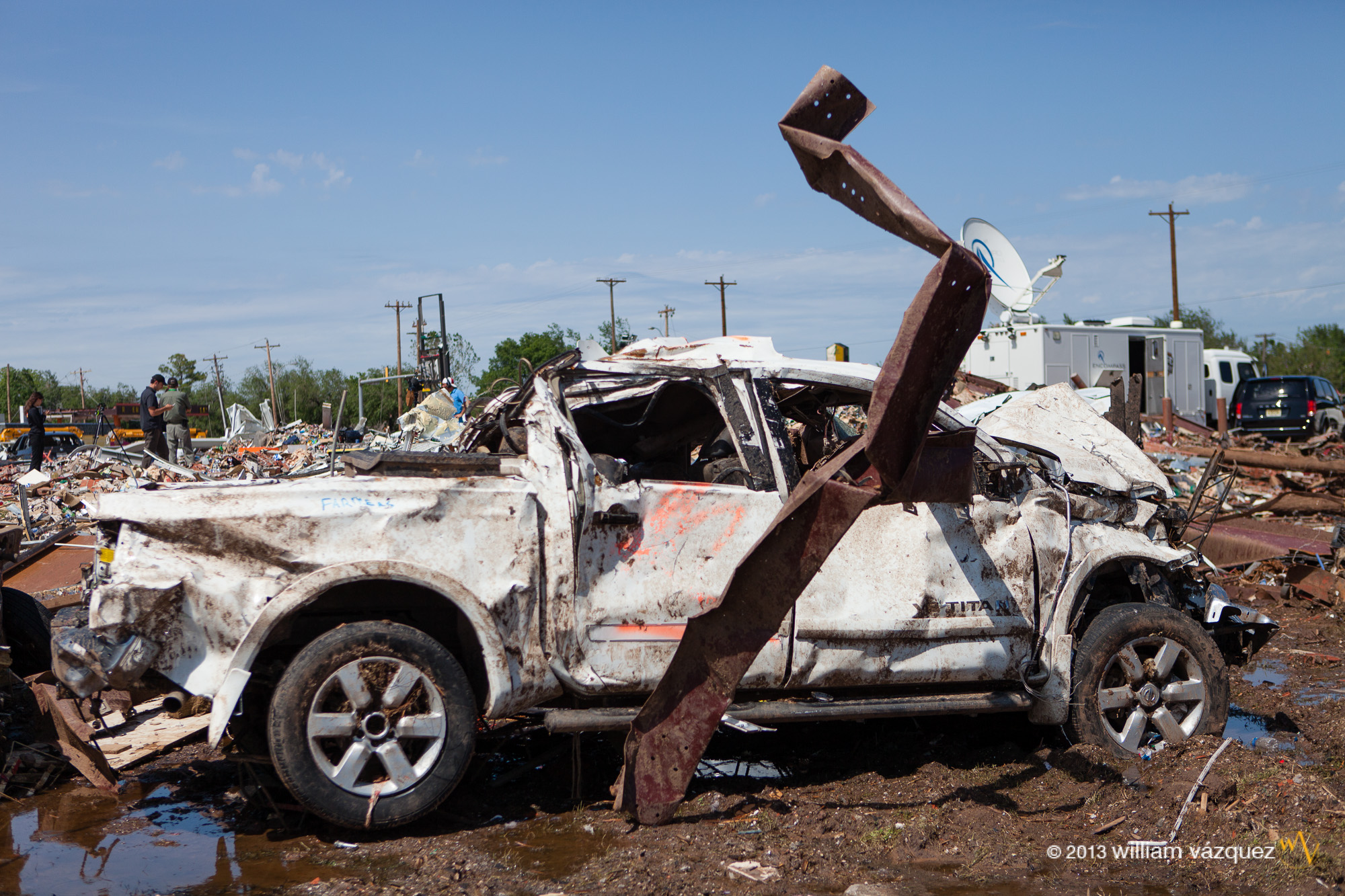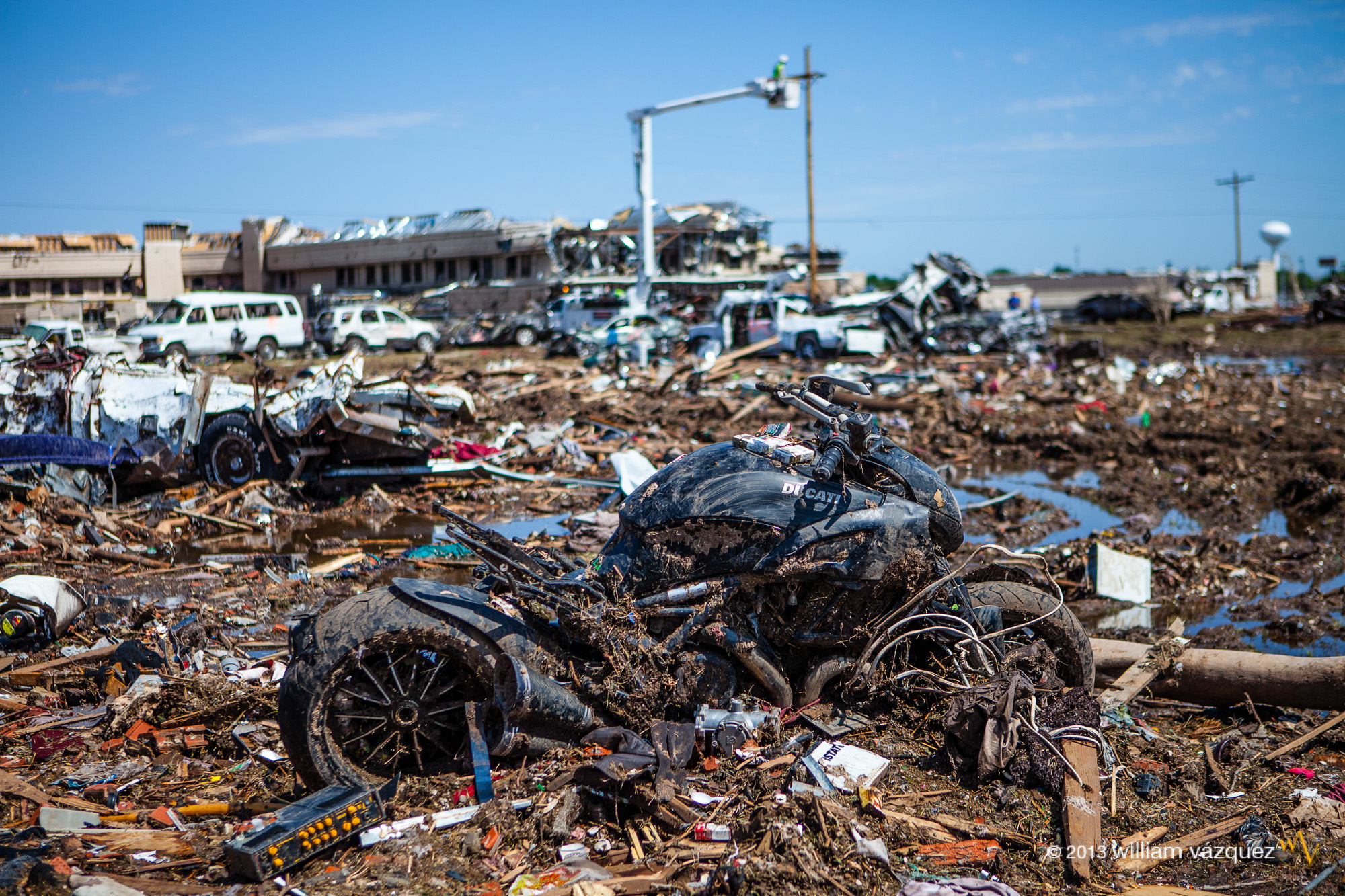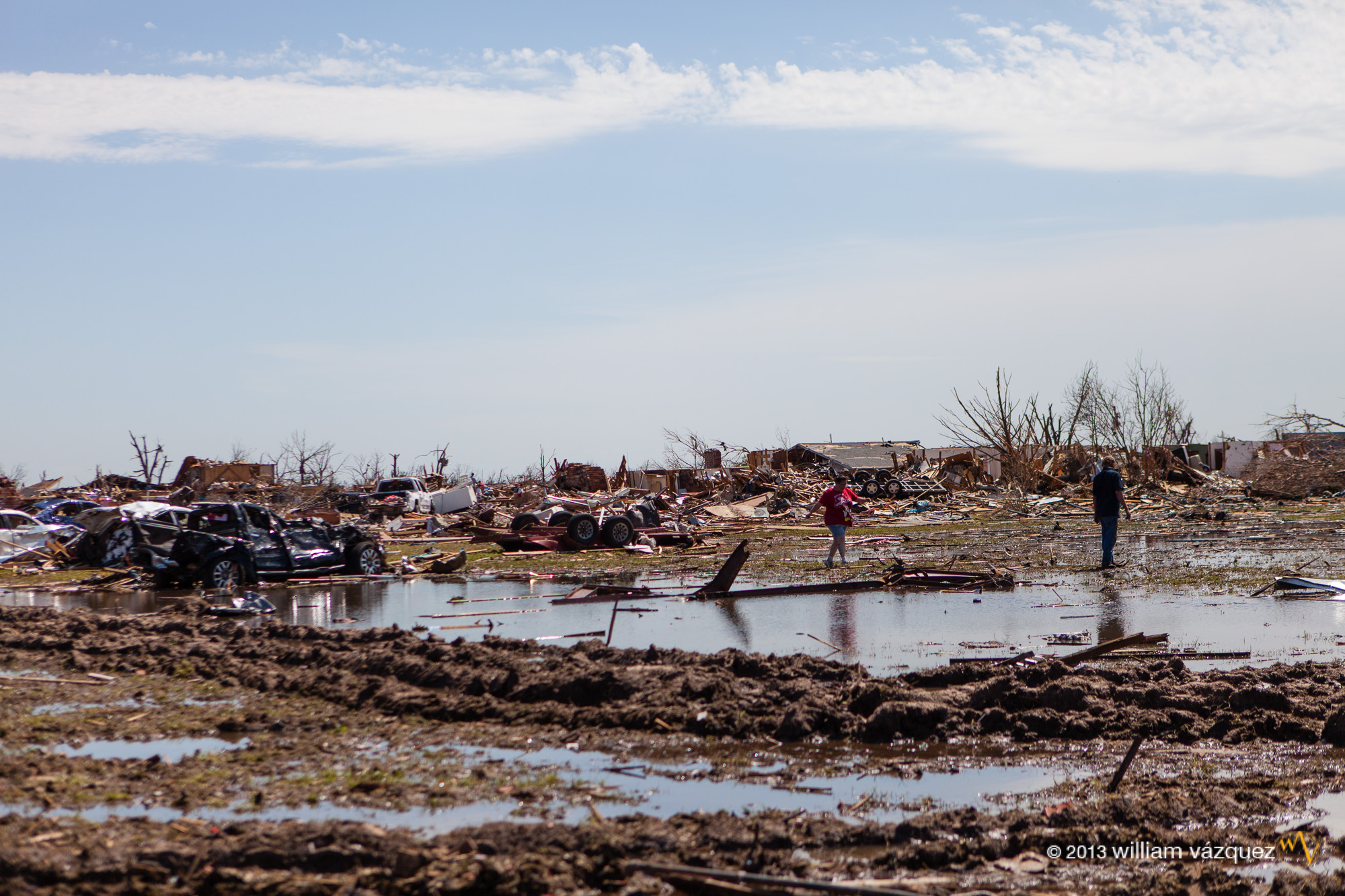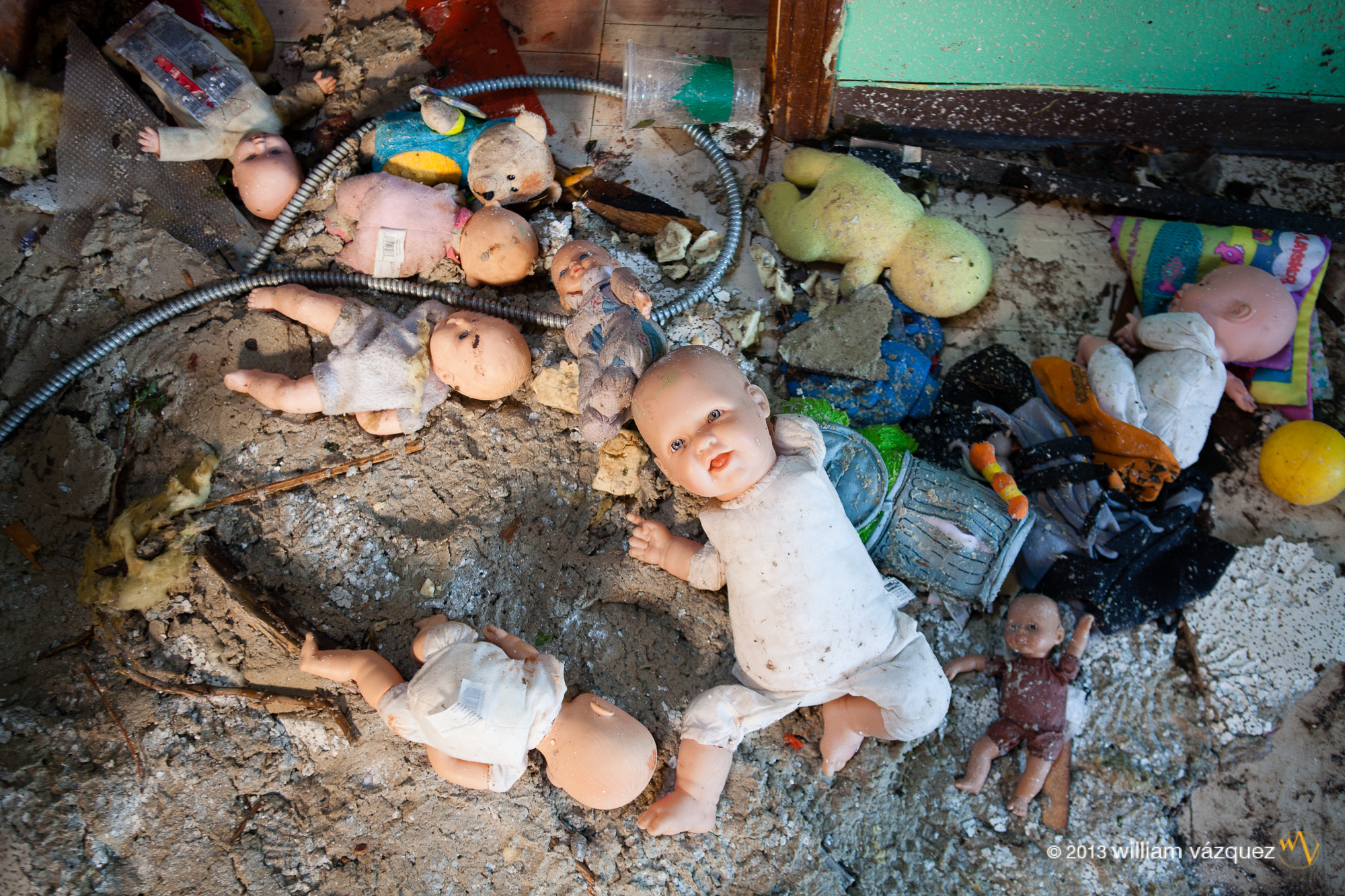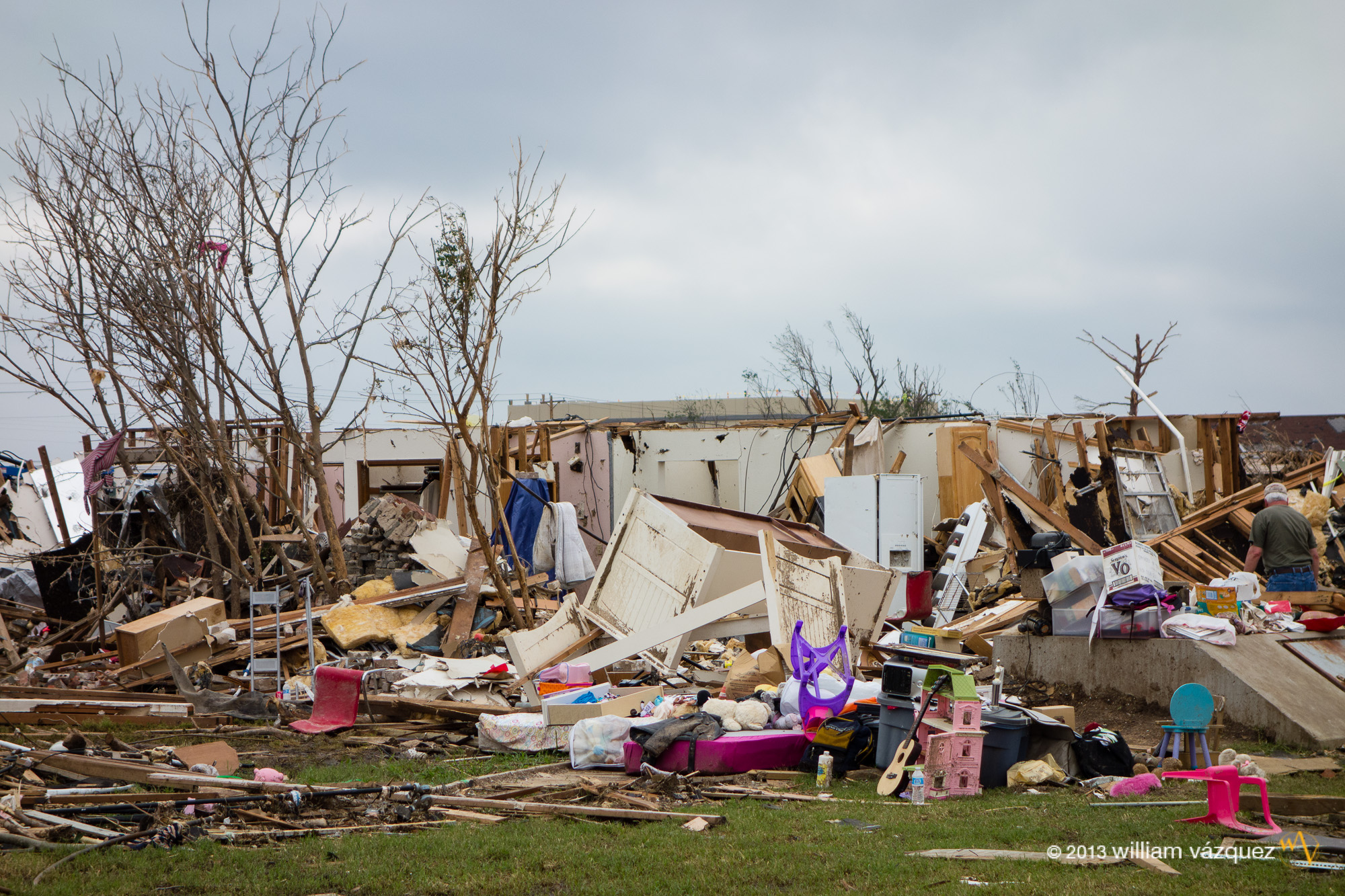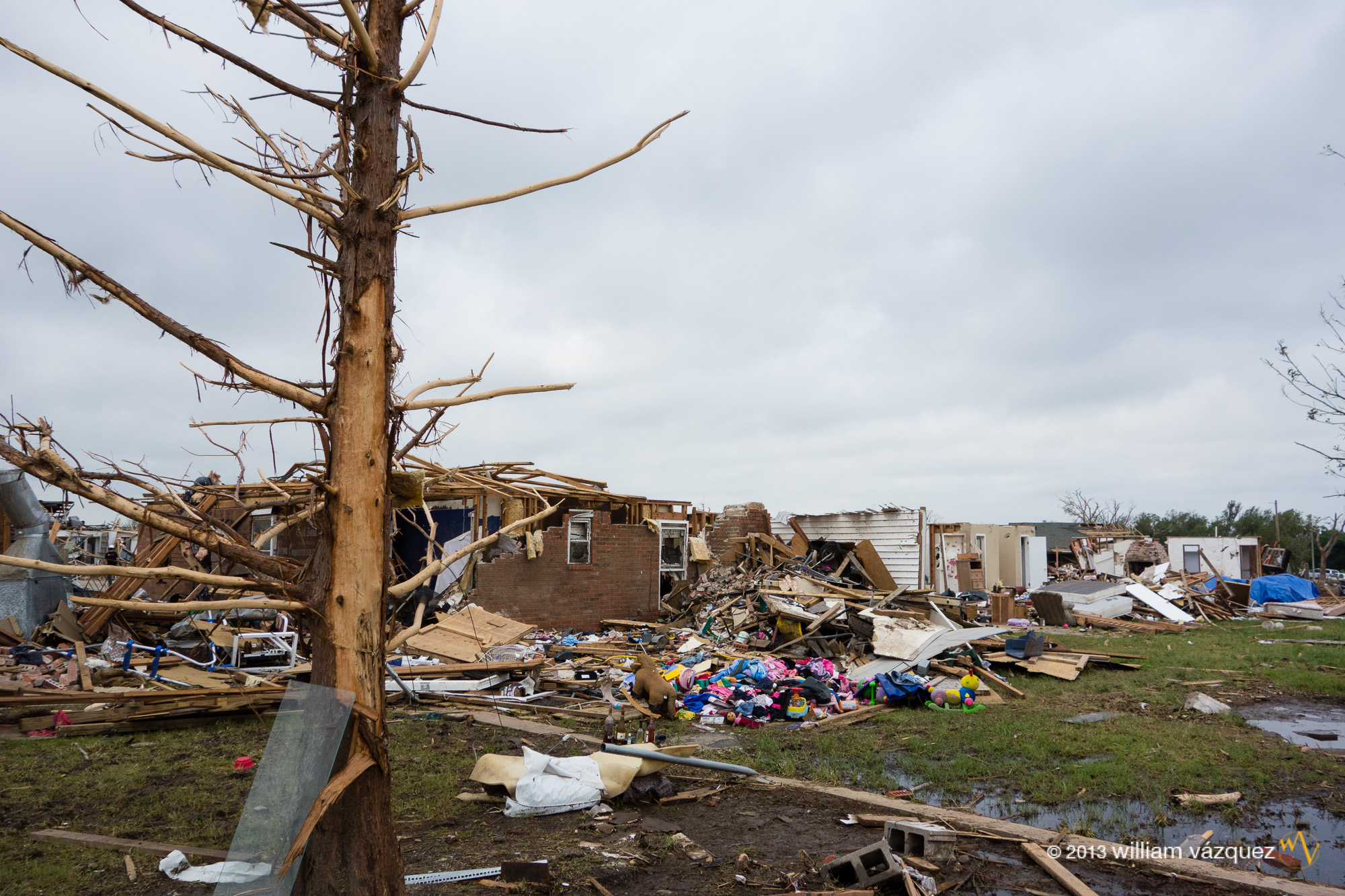Back in 2007 I went to Afghanistan on assignment. I was excited and nervous for many reasons. My personal safety was highest on my mind along with all the other reasons, doing something worthy, not disappointing my clients, not mess up, in other words lots of pressure on myself by the worlds toughest critic of my work....me. I was not there to capture conflict imagery, but documenting some programs of nurse training run by the Afghan Institute of Learning, and when I had a chance something where I got a glimpse of the soul of someone. No superficial images of destruction or people beat down from the conflict. So I had to get in there, get to know people, accomplish my goals, all in a very short time frame.Being the crazy idealist that I am, along with my digital gear I dragged along a 1960's era 4x5 speed graphic and polaroid type 55 film. Super low tech, slow, and some of the best photos I took were with that camera.I met Aziza at a women's clinic she was waiting to see the doctor. We got to talking a bit (through an interpreter of course) and we connected. These are the only 2 frames I shot. You have to wait for the right moment, and create images one at a time. I liked the first one where she was being a little shy with her smile.
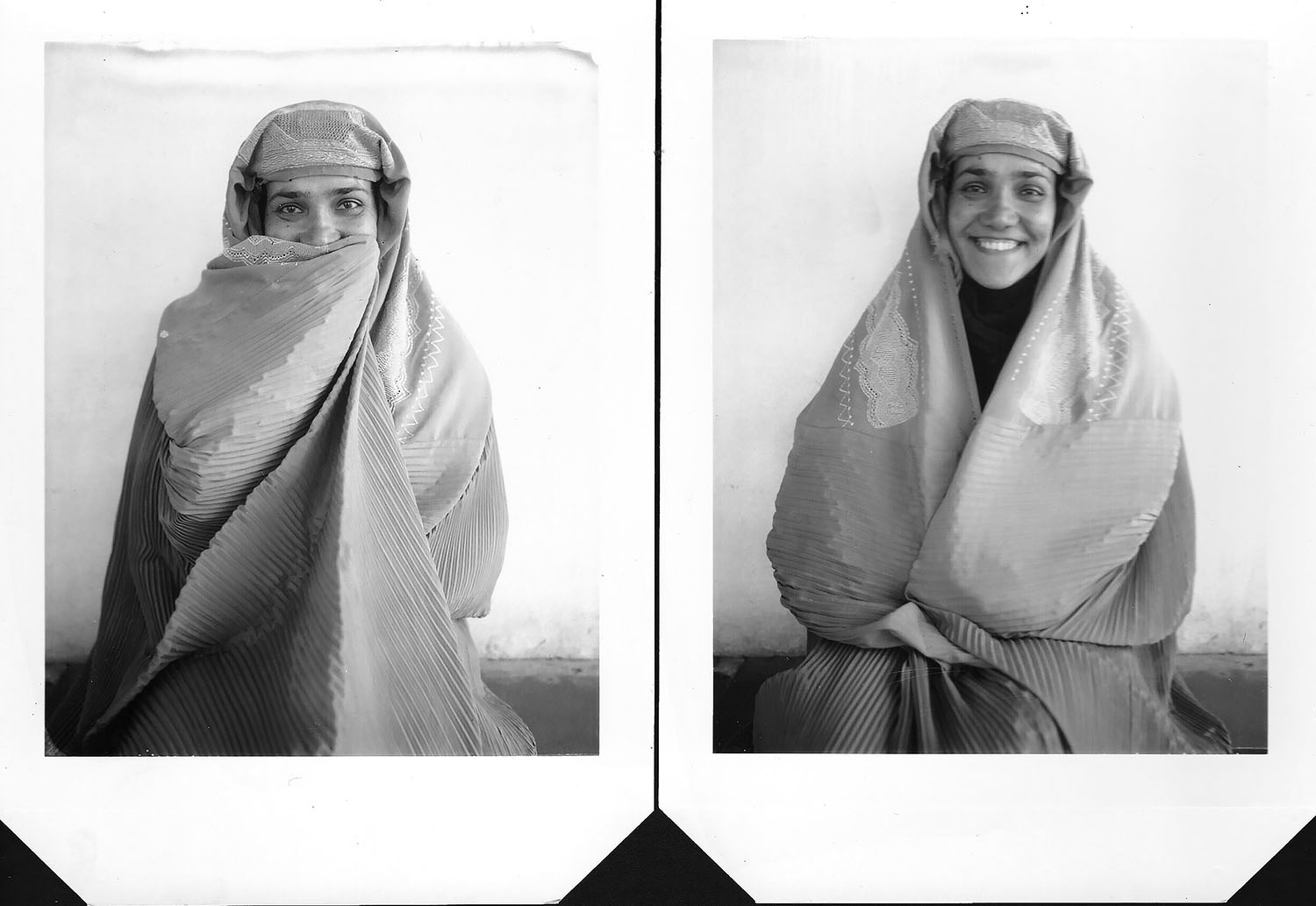

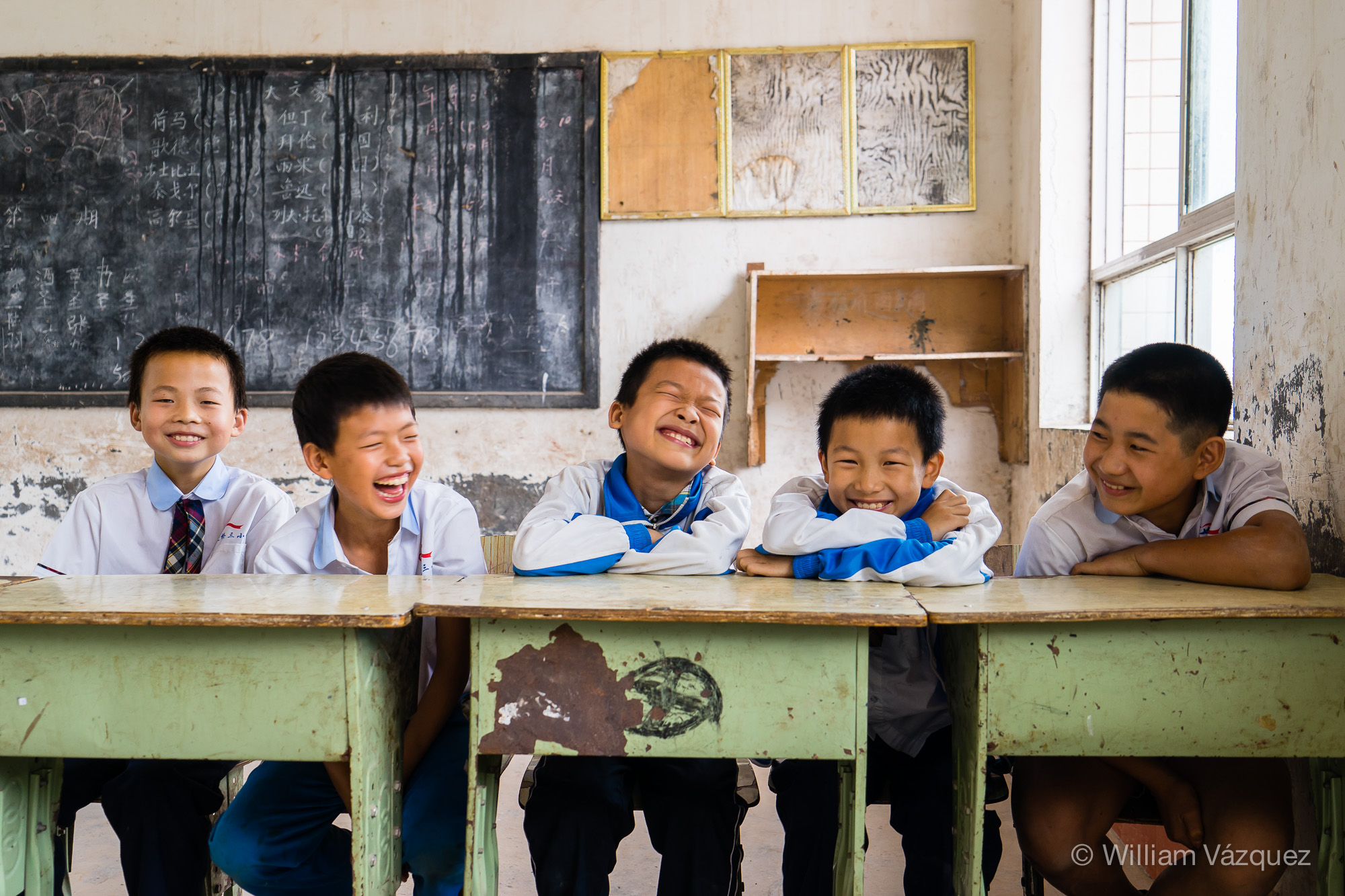
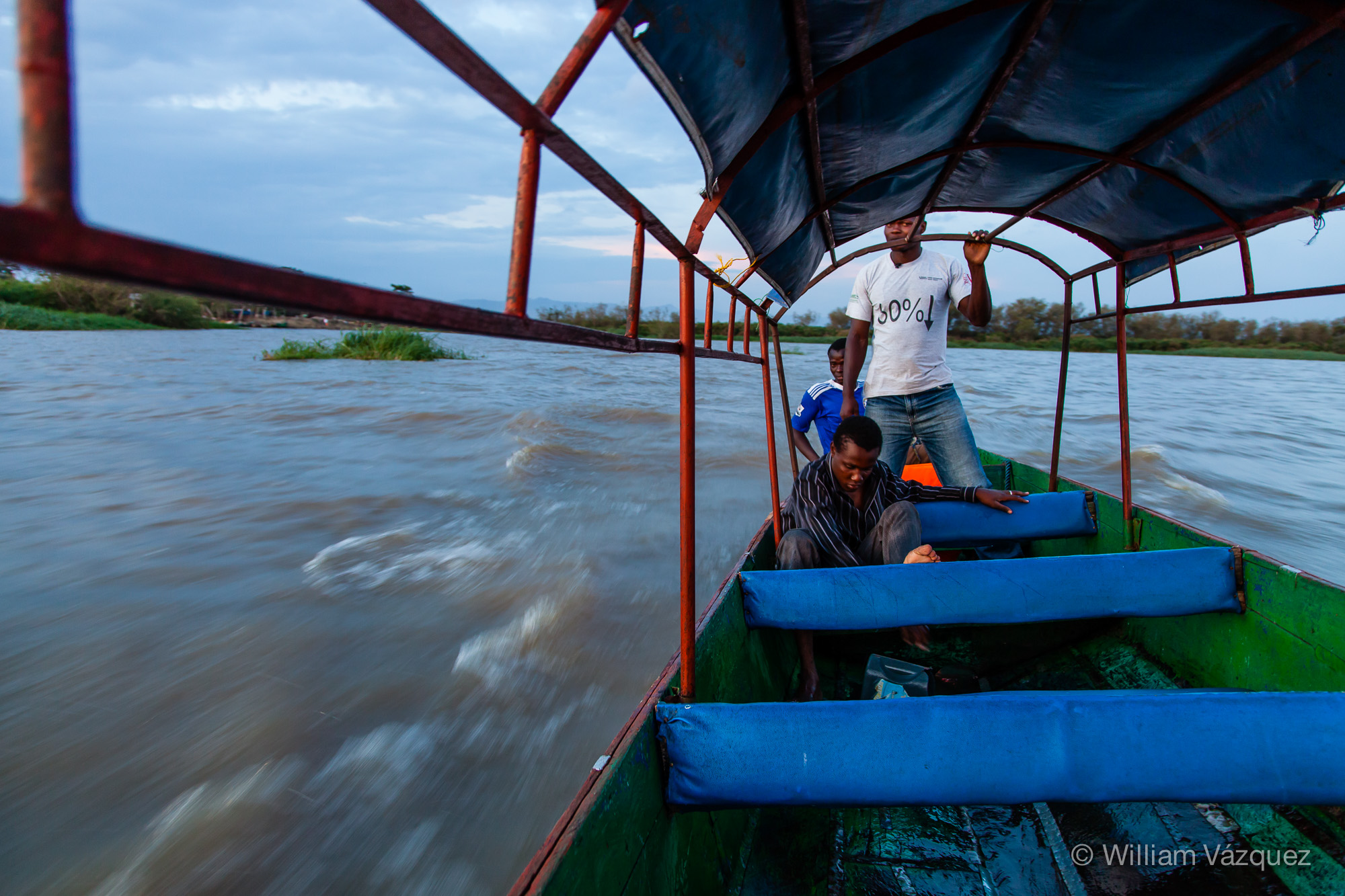
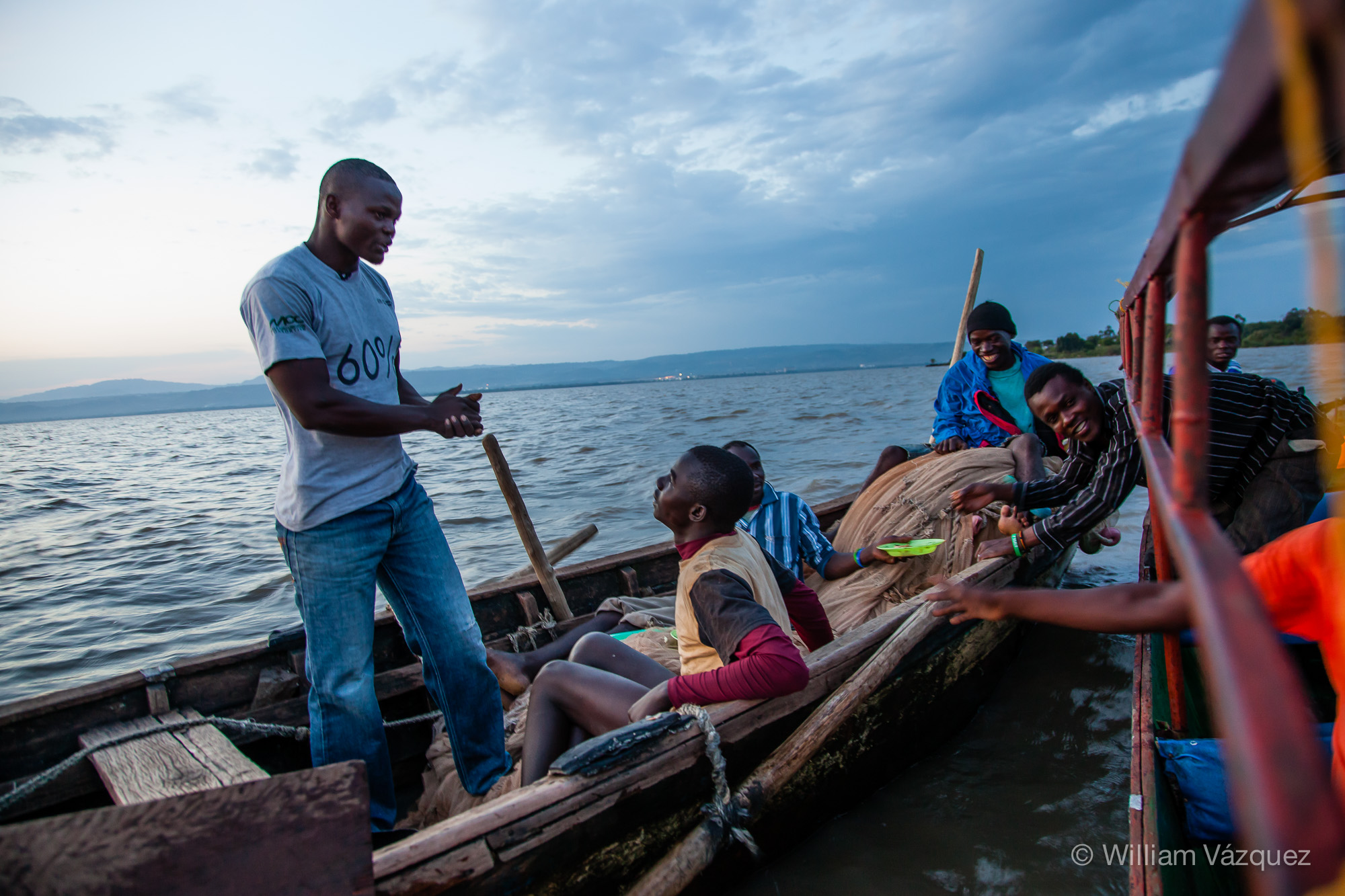

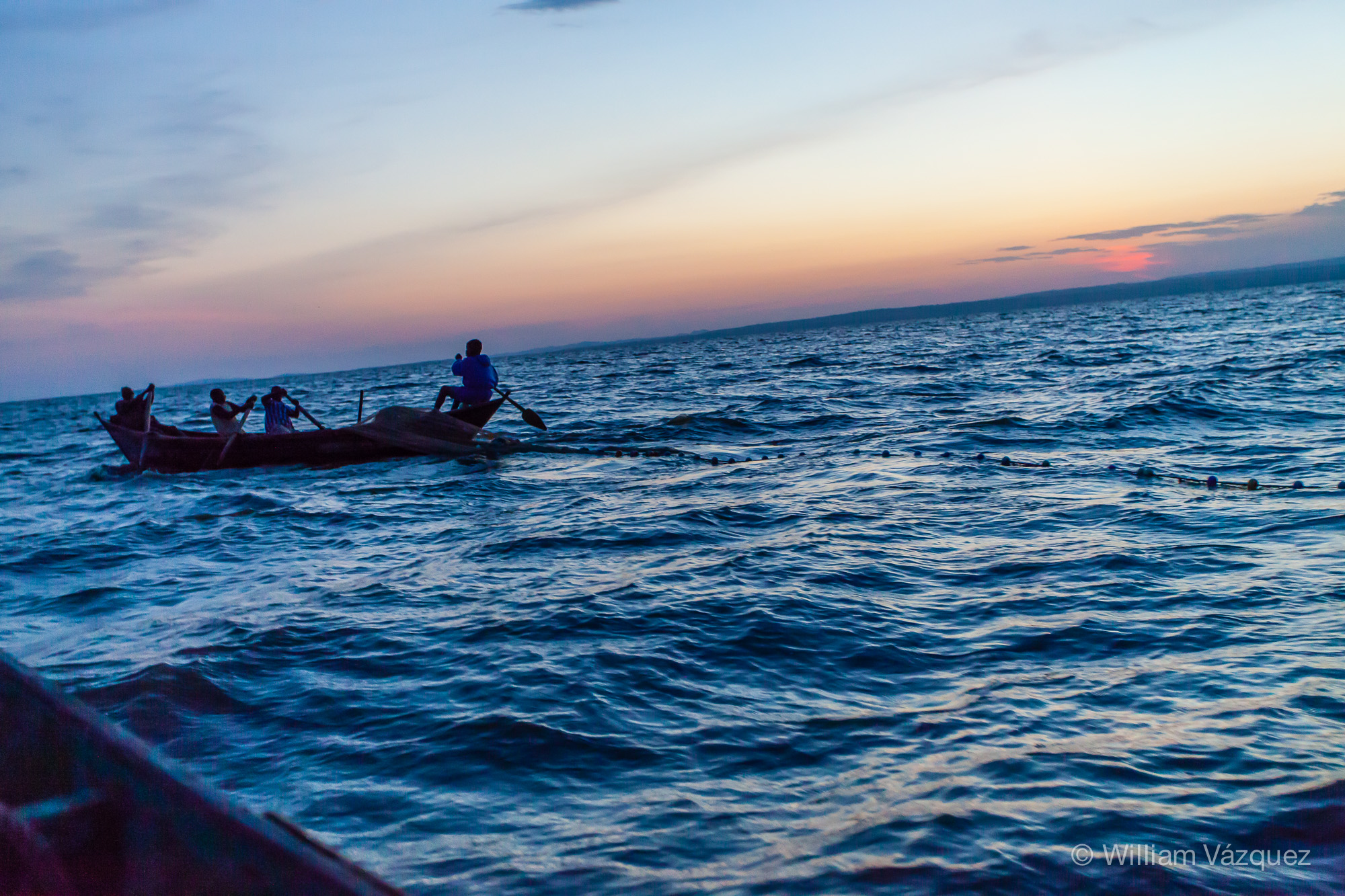
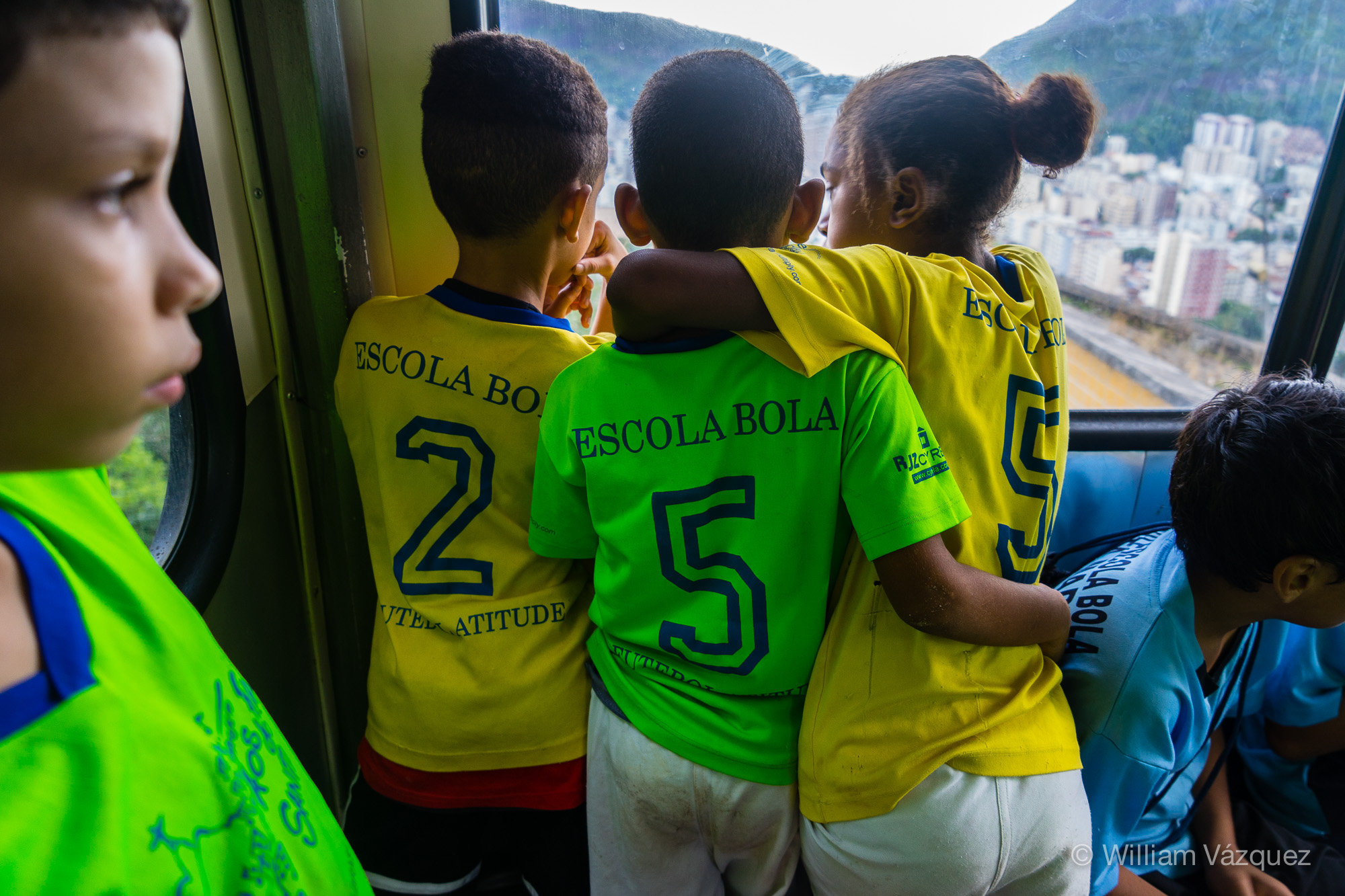

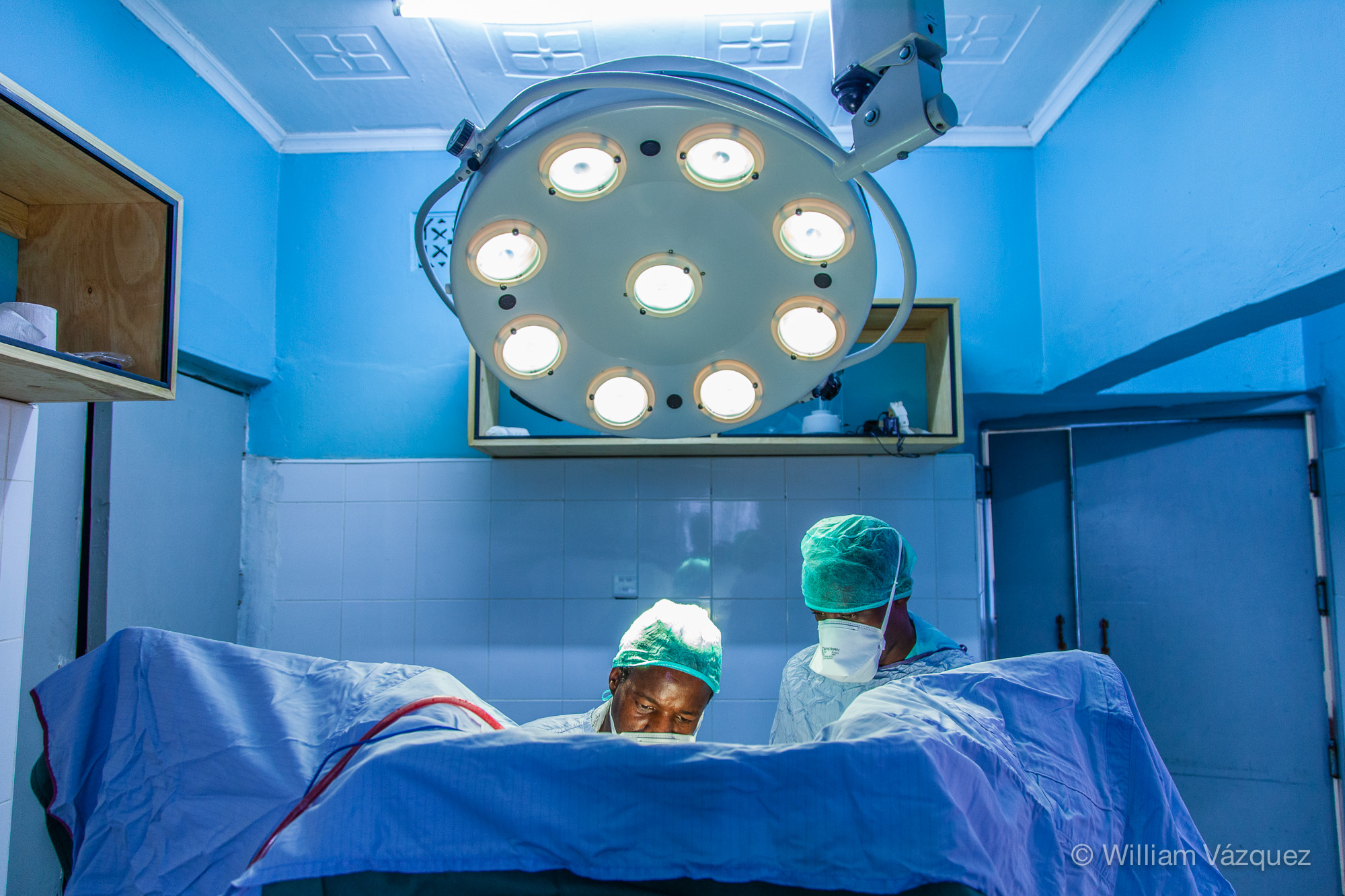
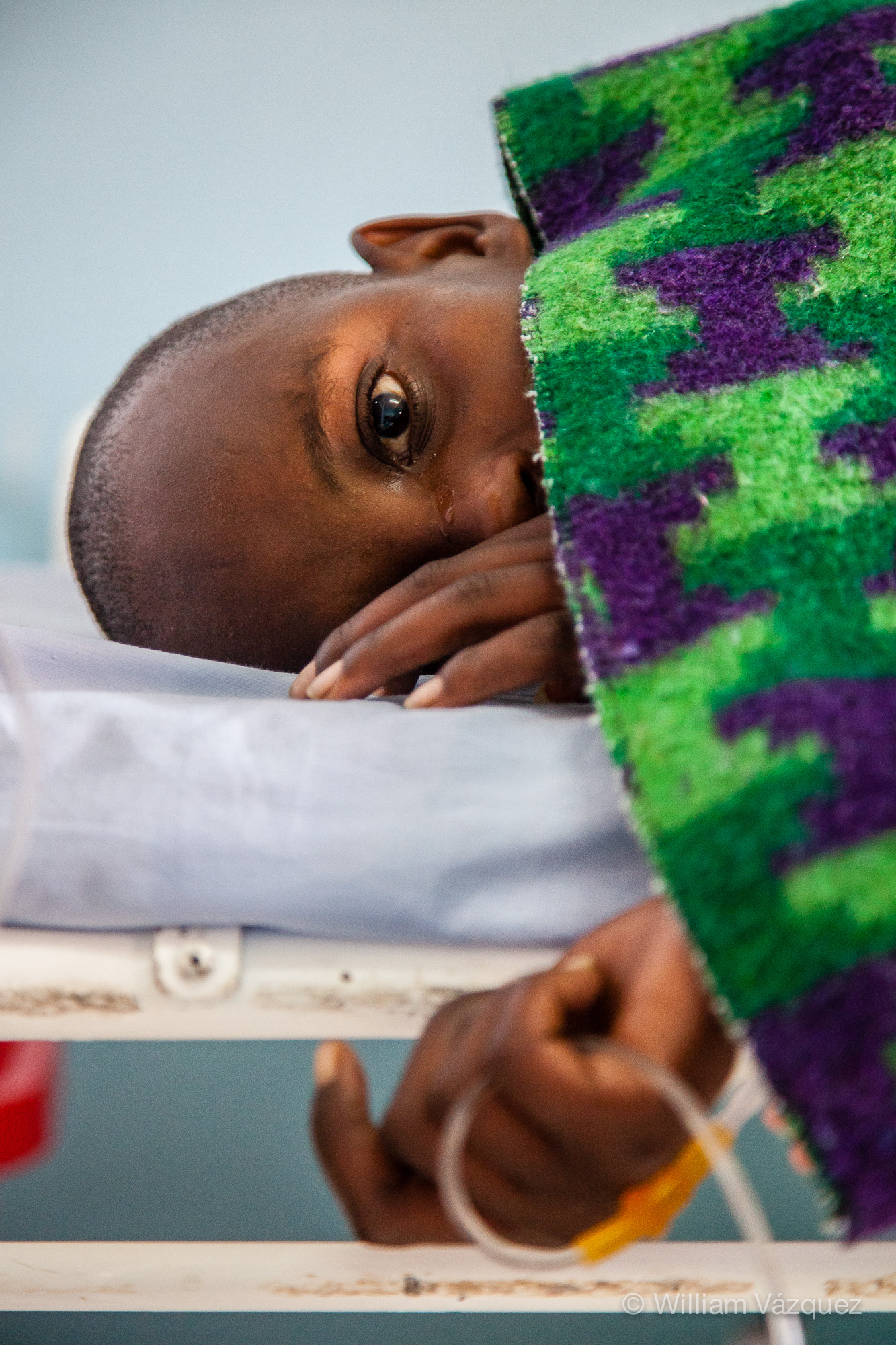
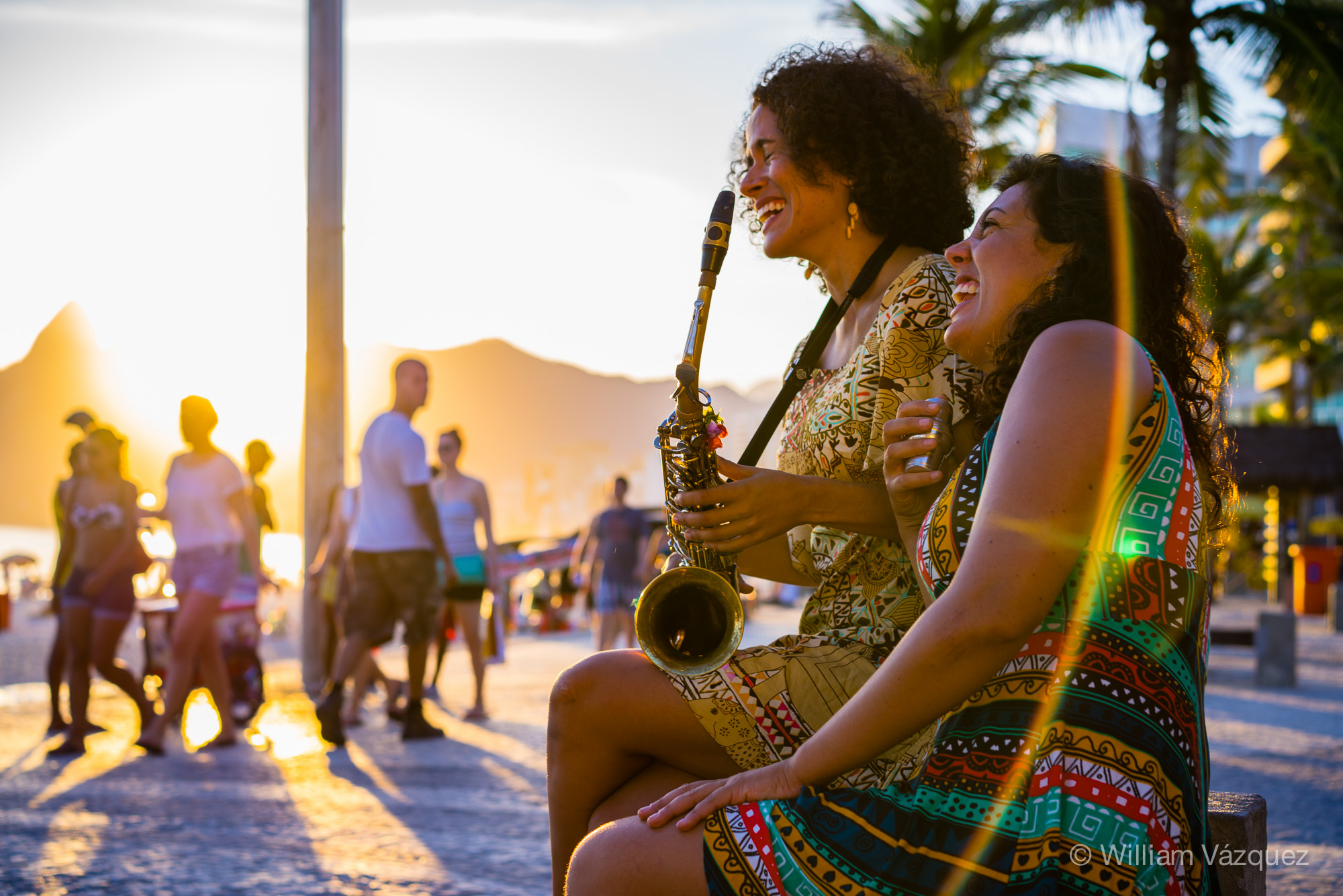
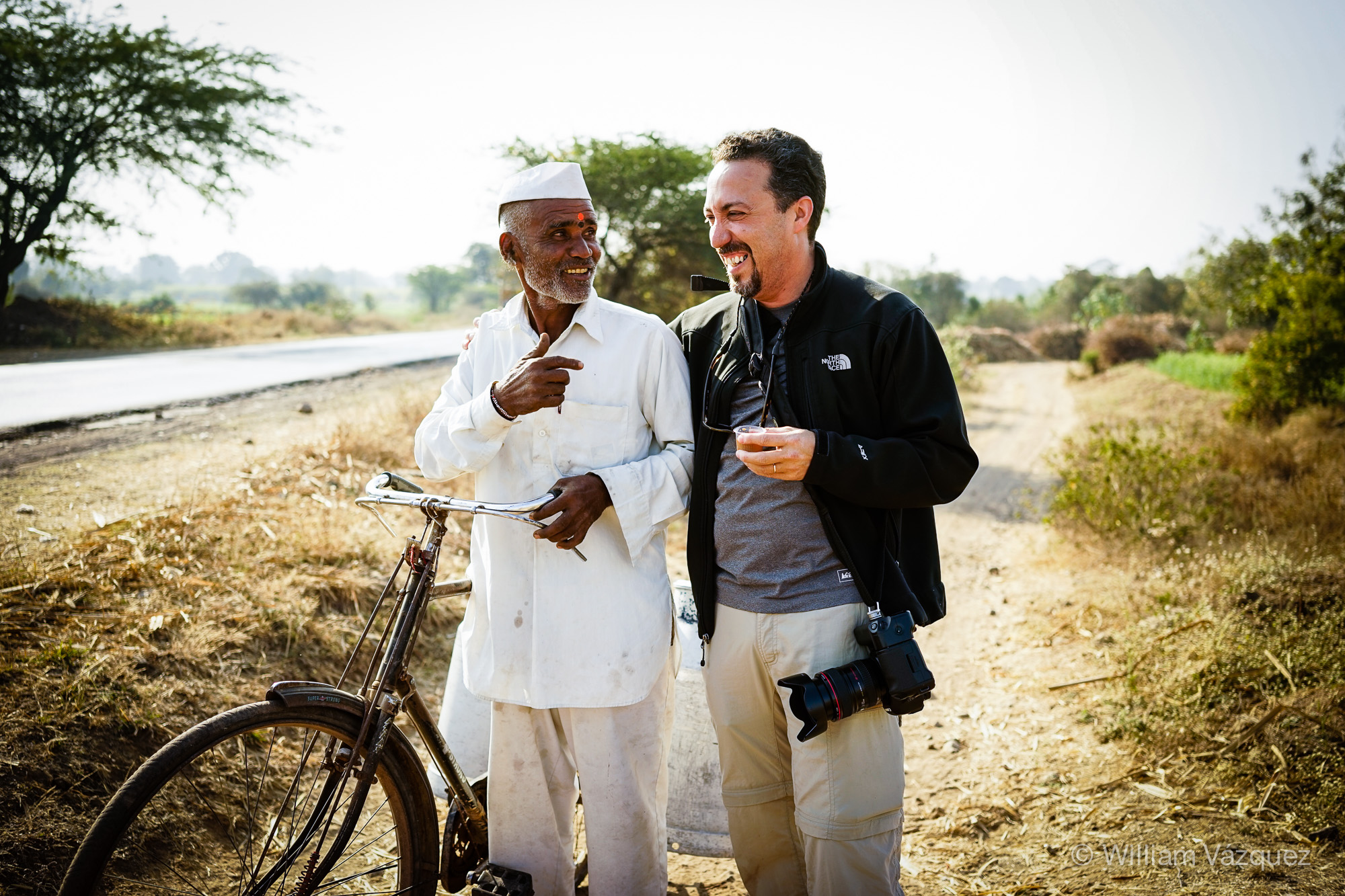 The best part of what I do as a photographer? Getting to know people that I would probably never, ever encounter if it wasn't for being a photographer. Meeting people from different cultures and spending some time with them, eating with them, drinking tea with them really keeps things in perspective for me, and I find immensely enjoyable. I am lucky. Here I am getting to know and sharing a bit of tea with Abhimand a bit before I photograph him earlier this year on an assignment for Abbott. He was on his way to deliver milk from his cows to the milk receiving center in Shirdi, India about five hours east of Mumbai.
The best part of what I do as a photographer? Getting to know people that I would probably never, ever encounter if it wasn't for being a photographer. Meeting people from different cultures and spending some time with them, eating with them, drinking tea with them really keeps things in perspective for me, and I find immensely enjoyable. I am lucky. Here I am getting to know and sharing a bit of tea with Abhimand a bit before I photograph him earlier this year on an assignment for Abbott. He was on his way to deliver milk from his cows to the milk receiving center in Shirdi, India about five hours east of Mumbai.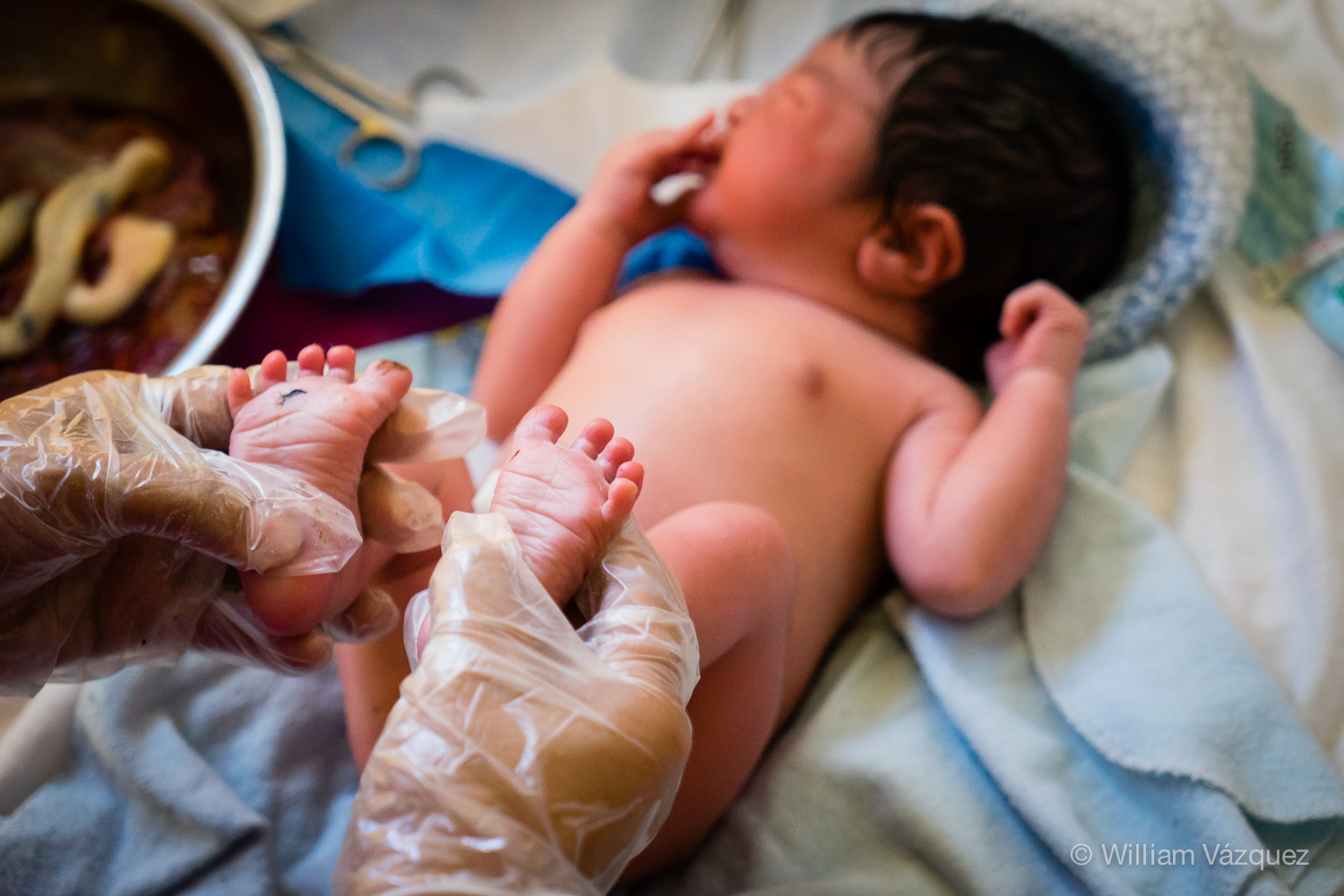

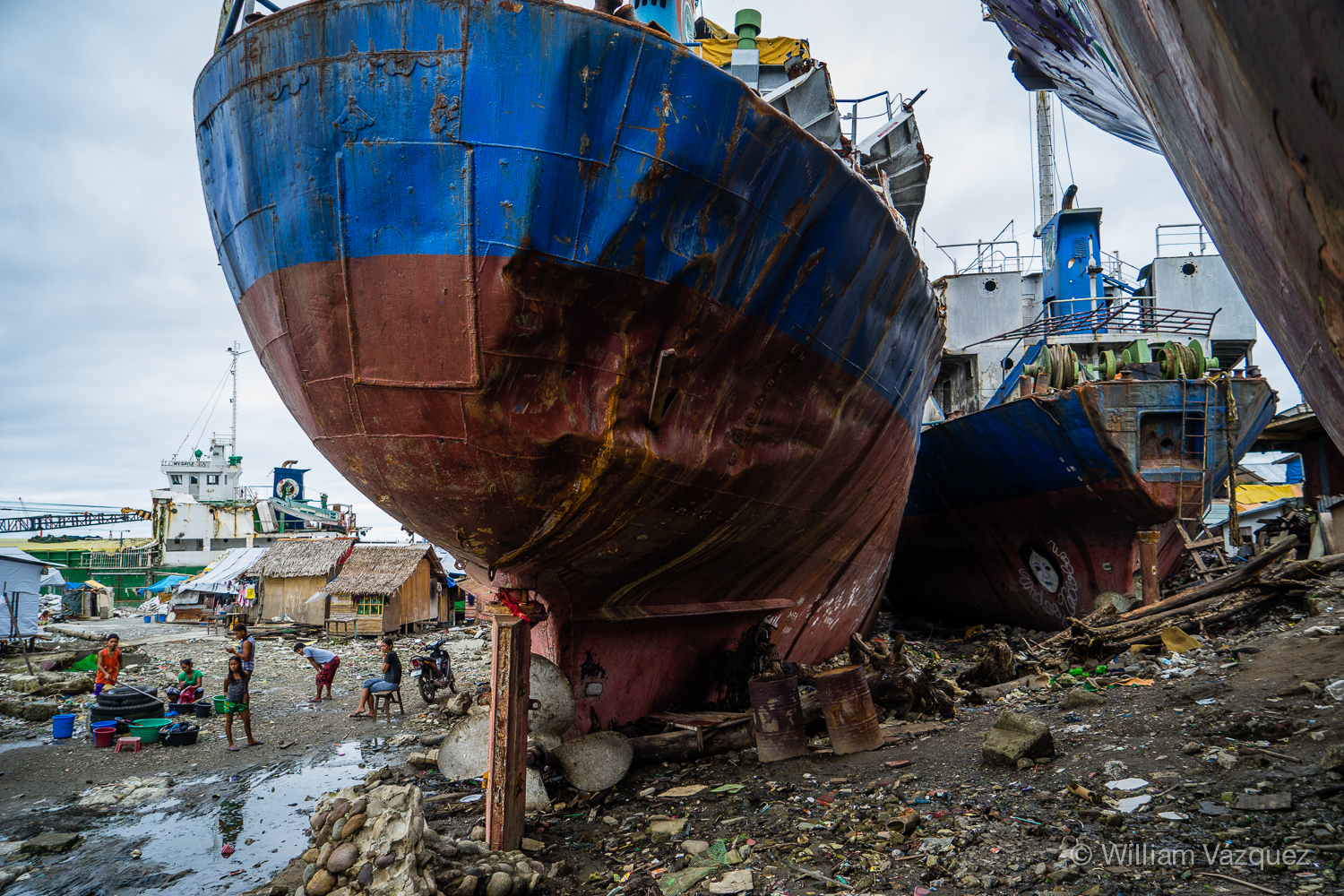
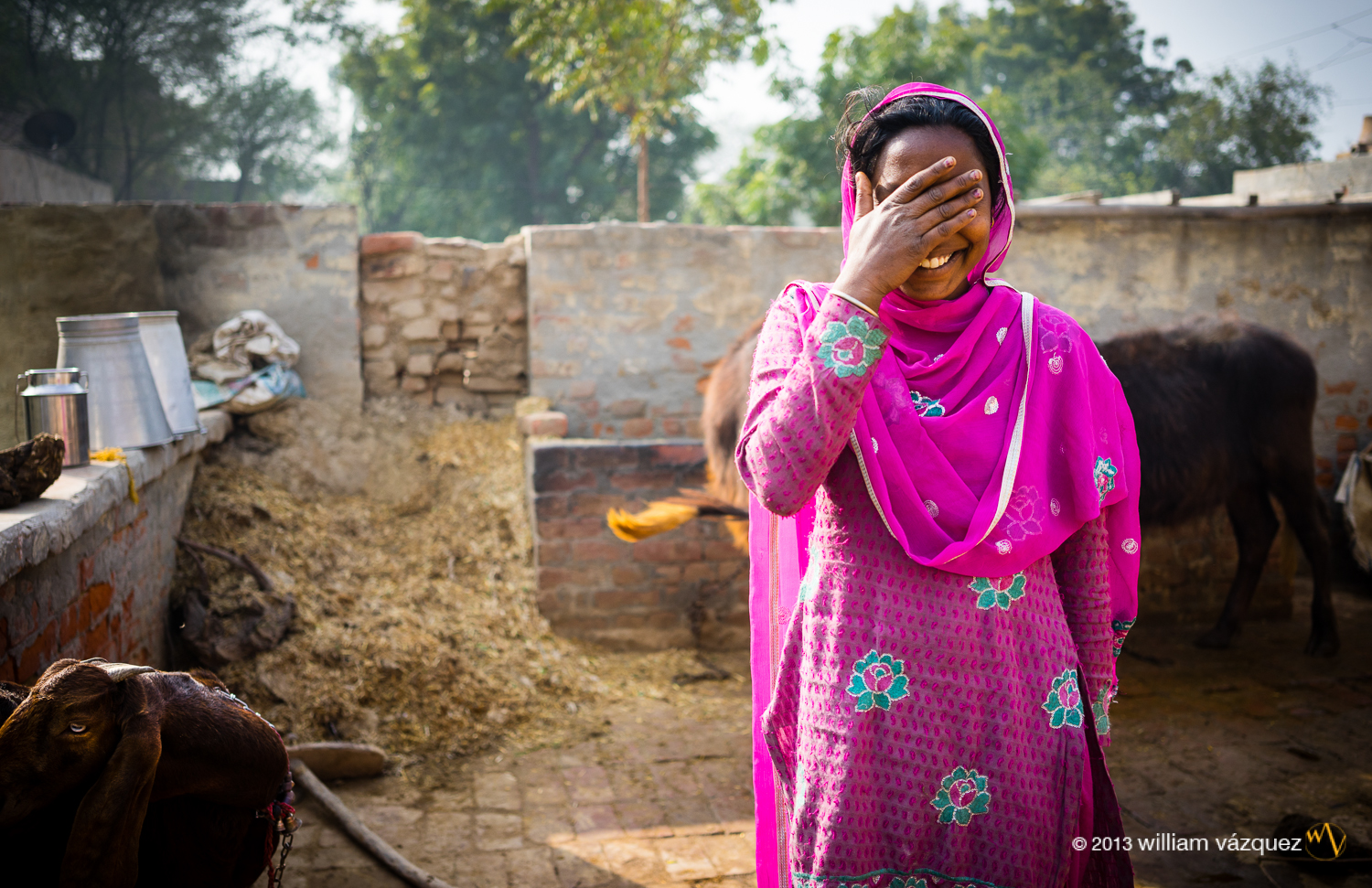 "Smile!" but look at me.
"Smile!" but look at me.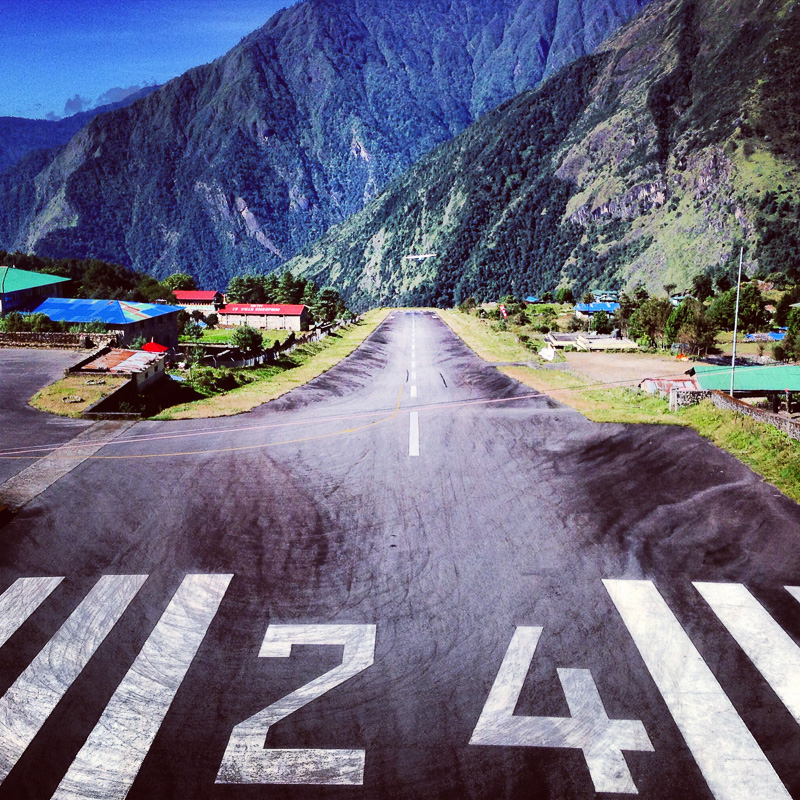
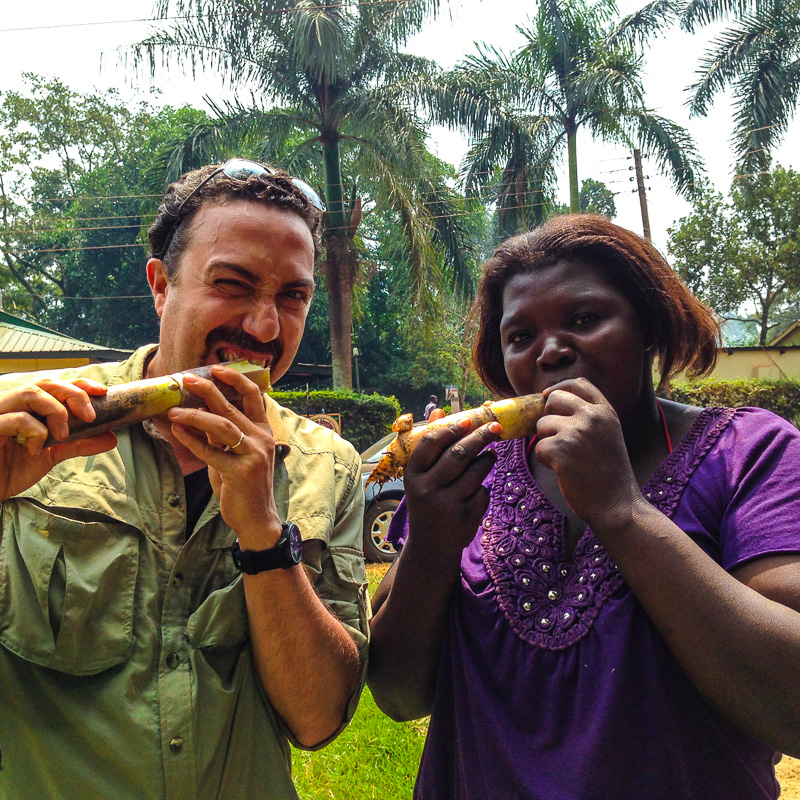
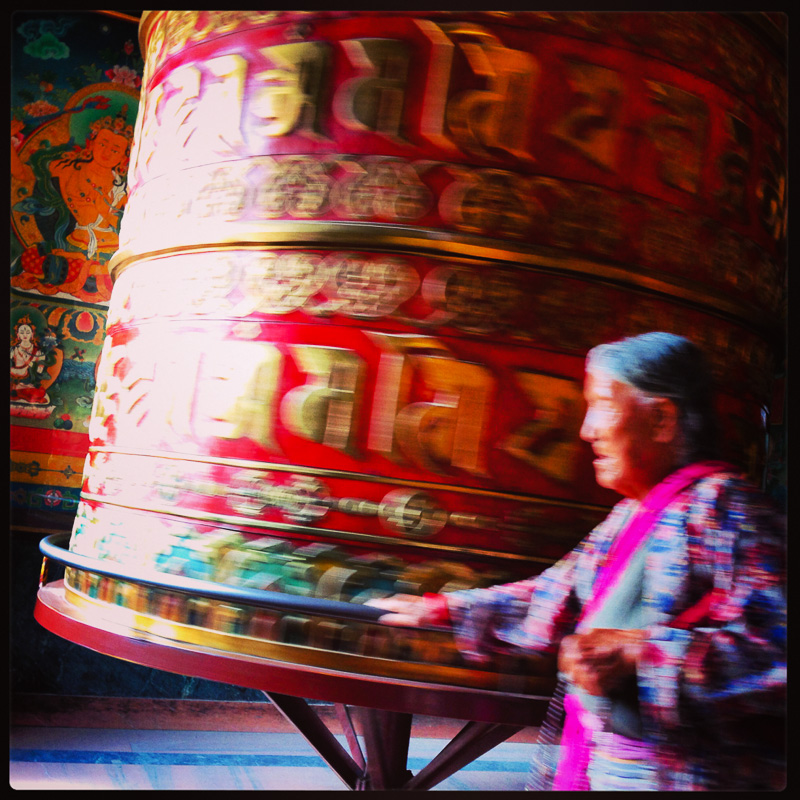

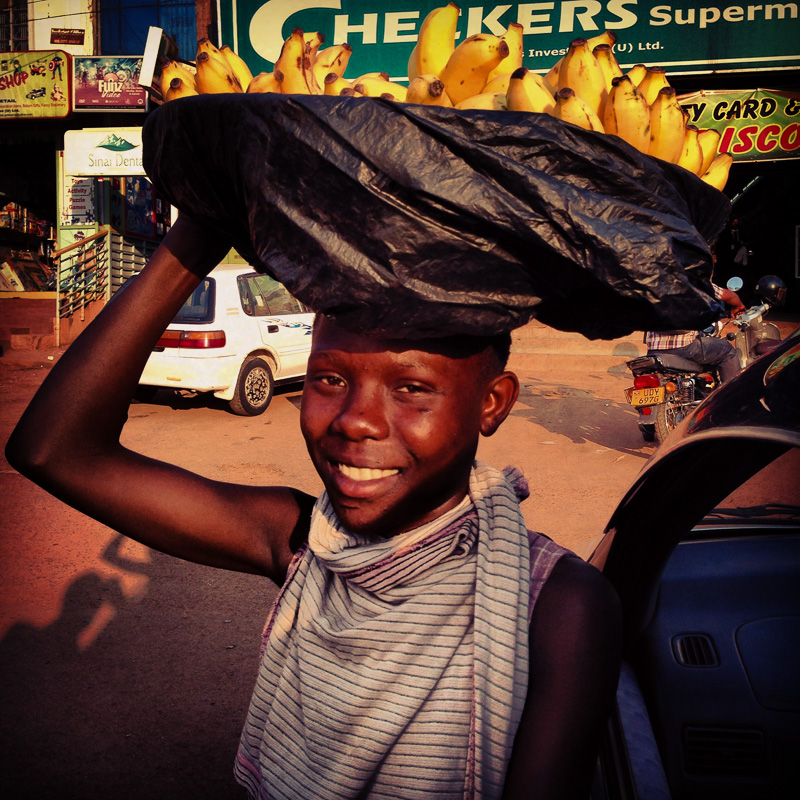
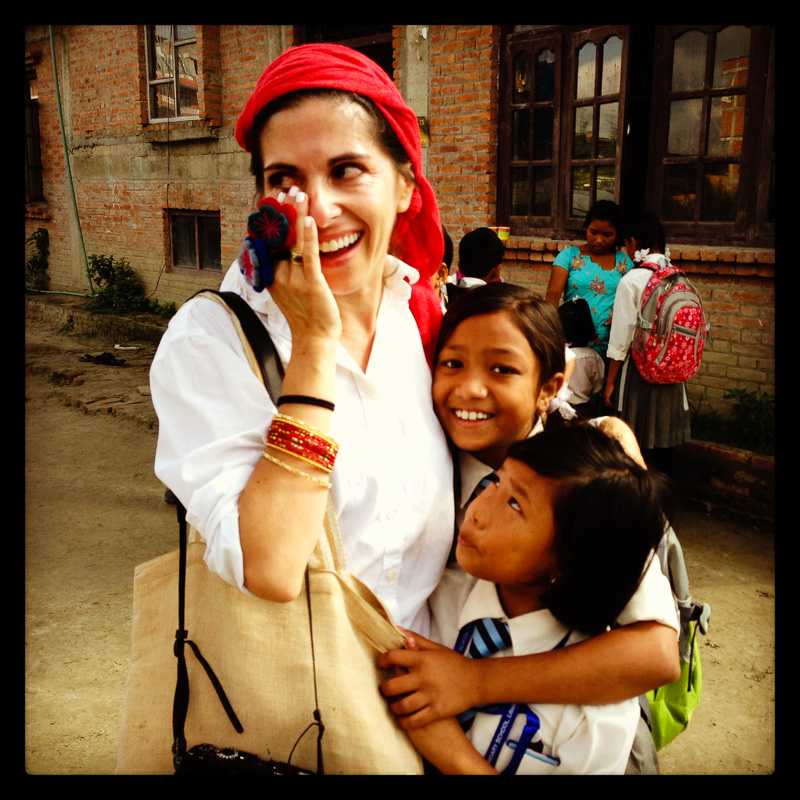
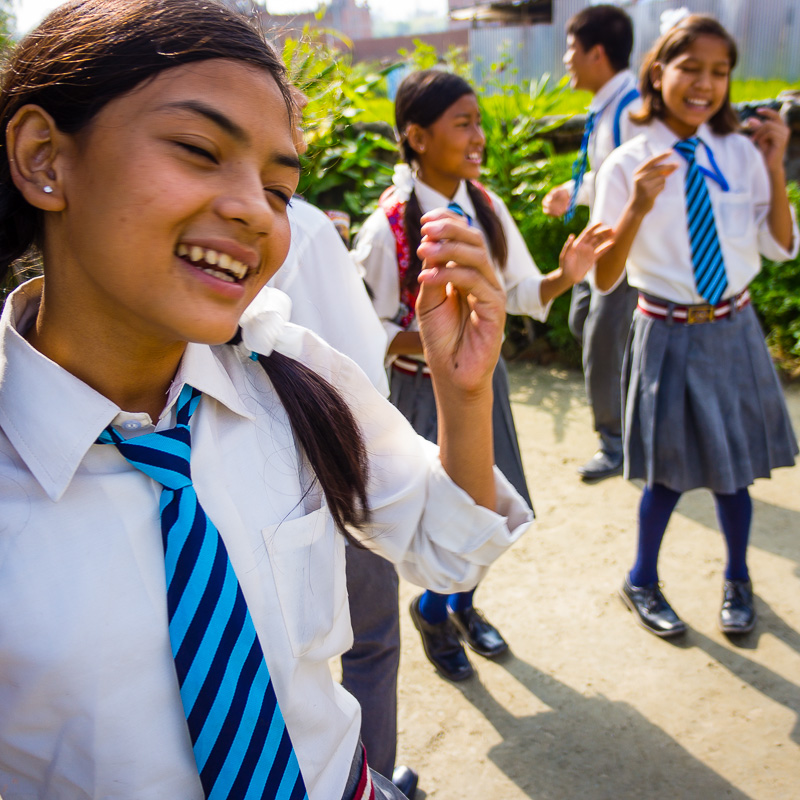
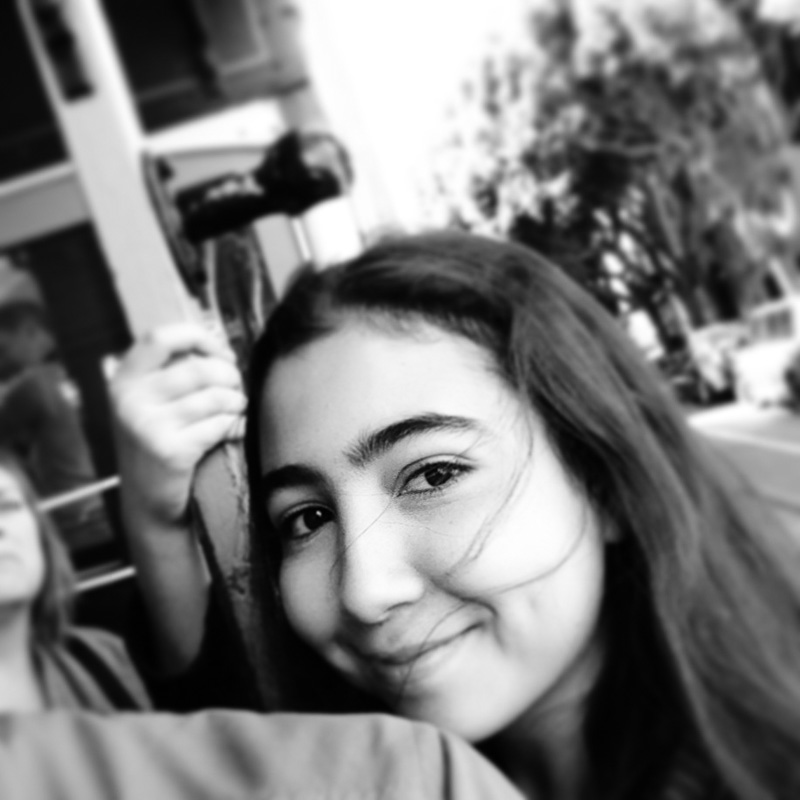
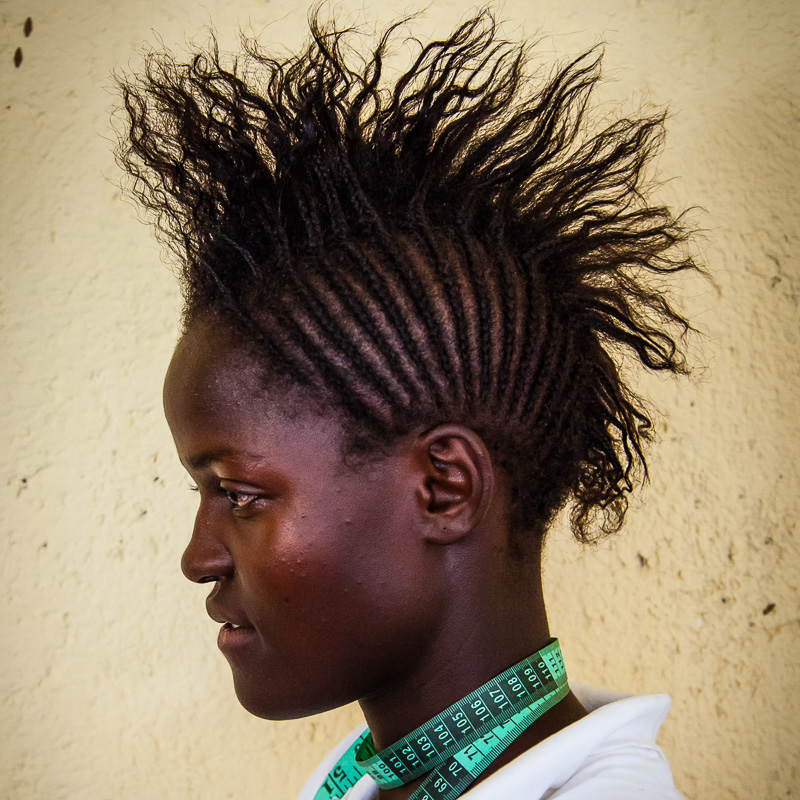
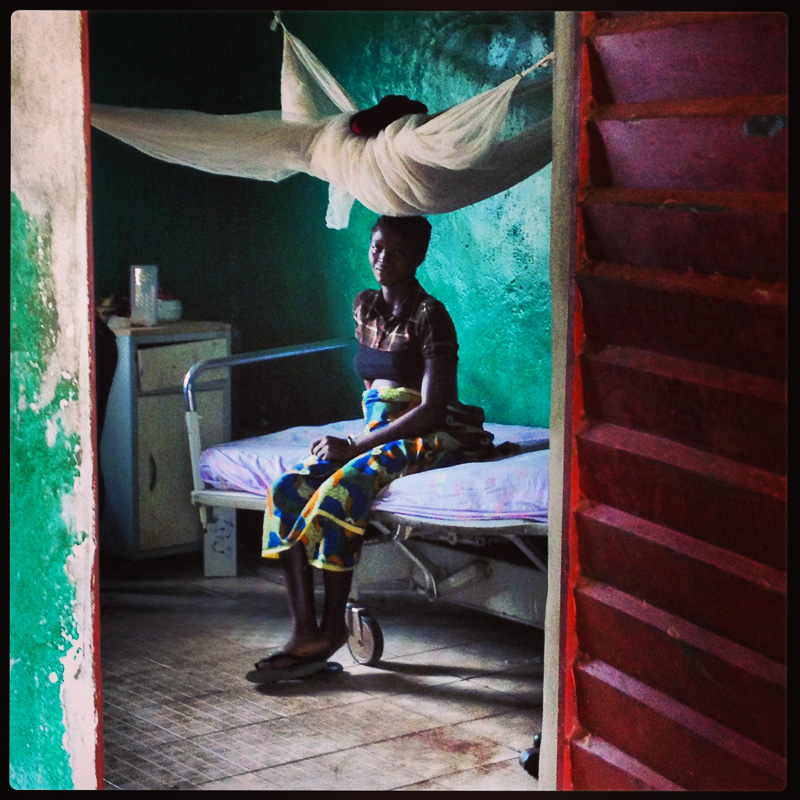
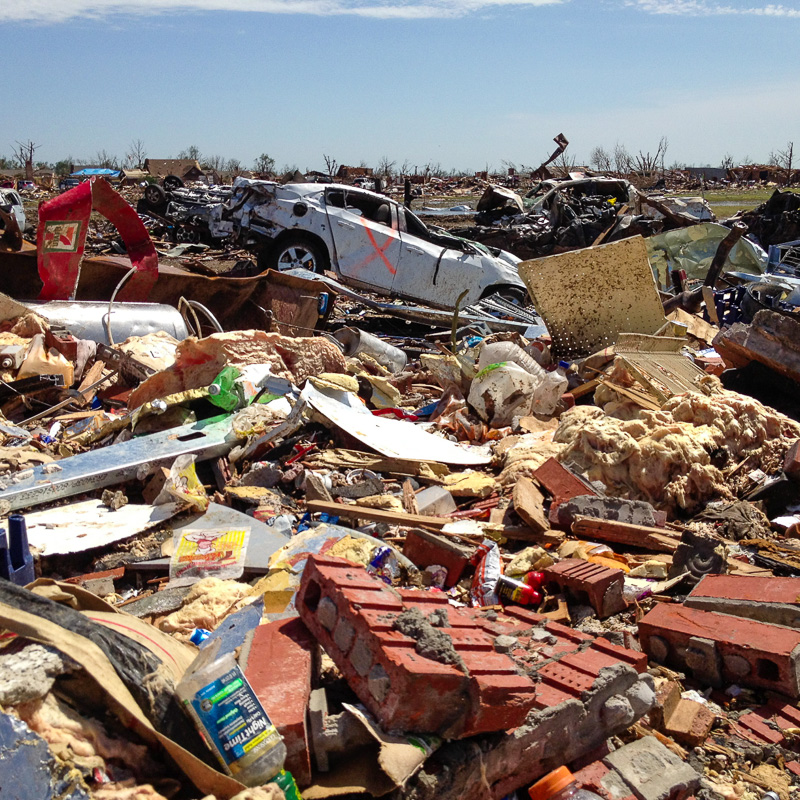
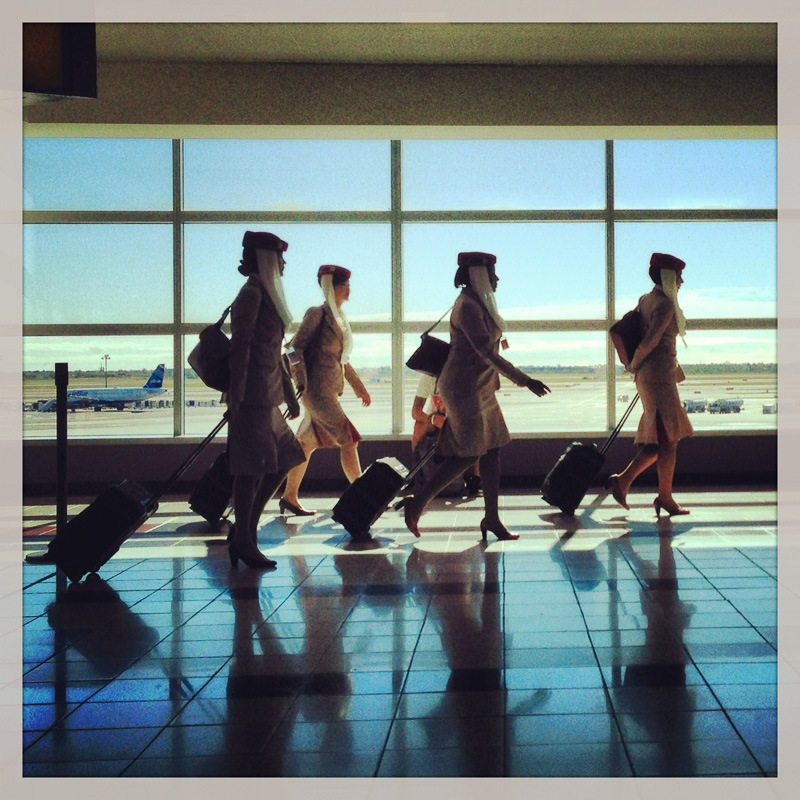
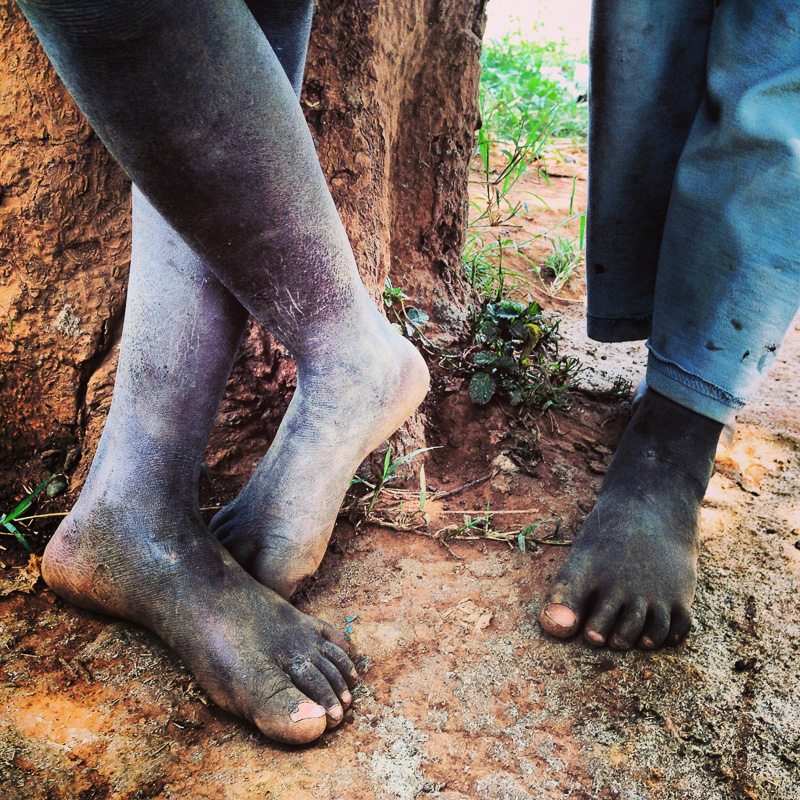
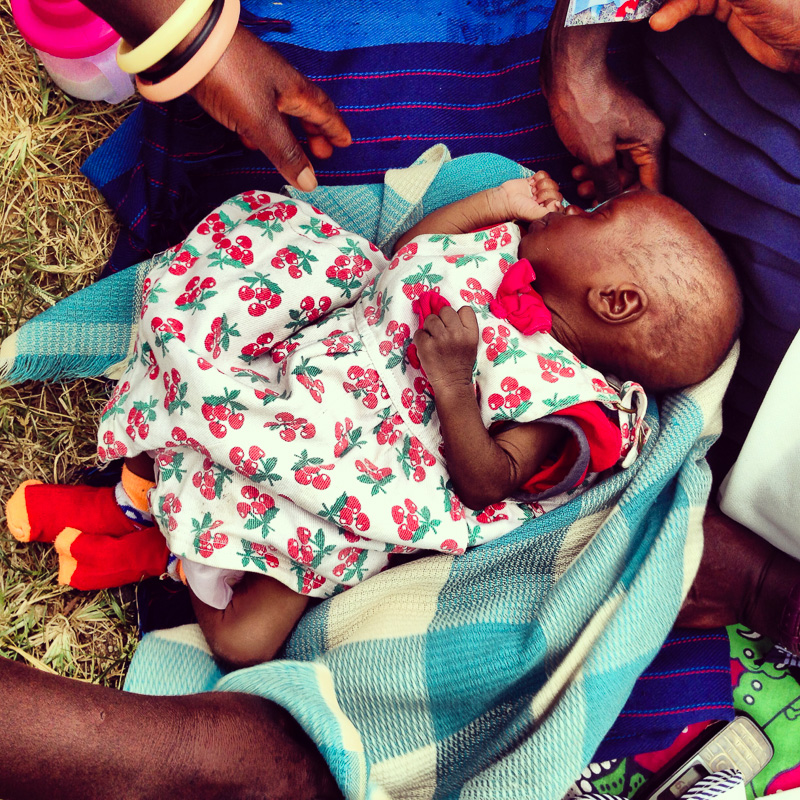
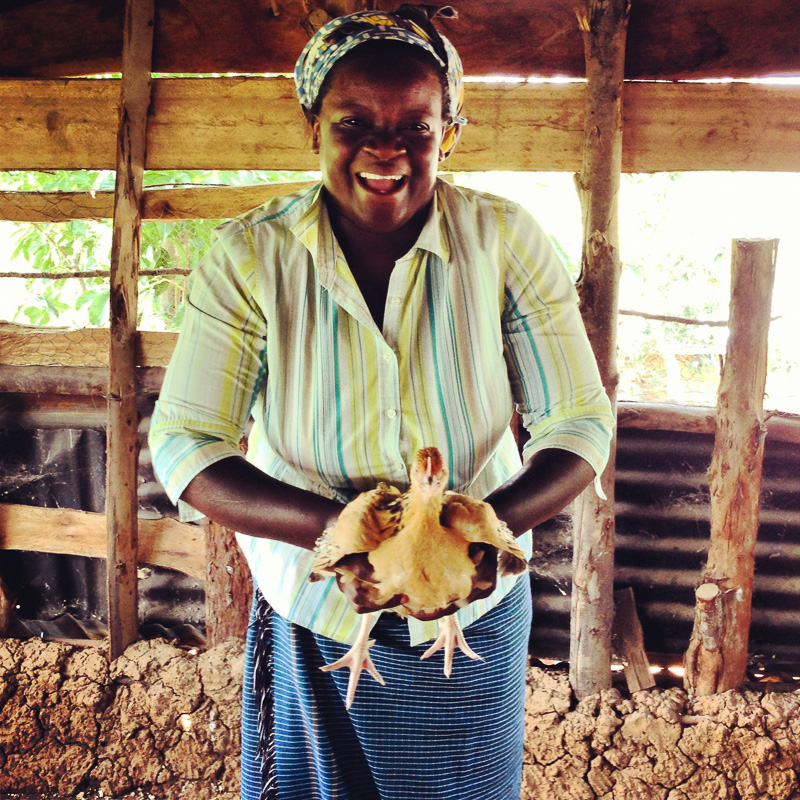
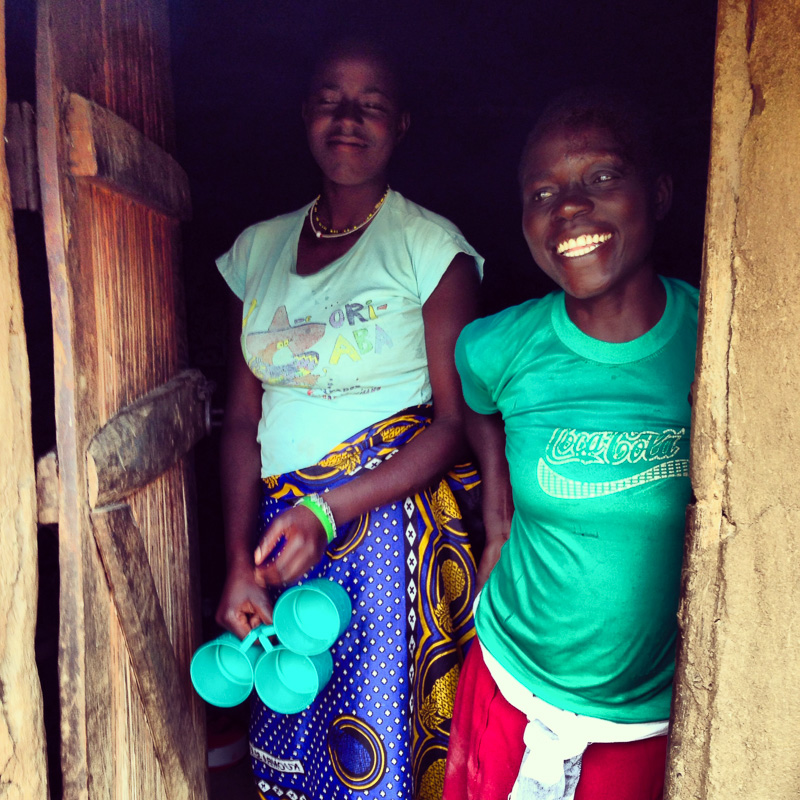
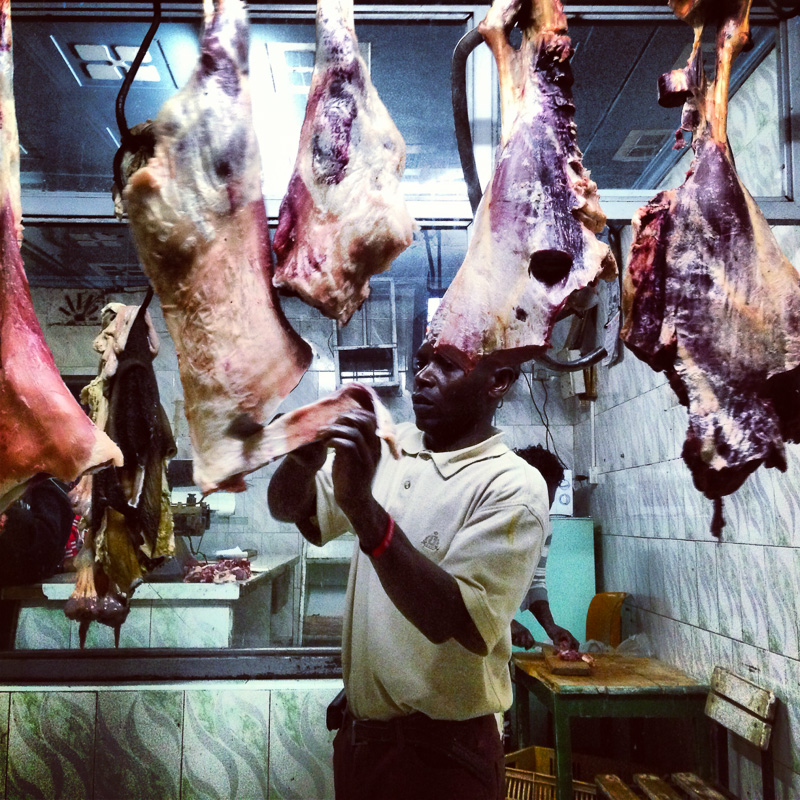
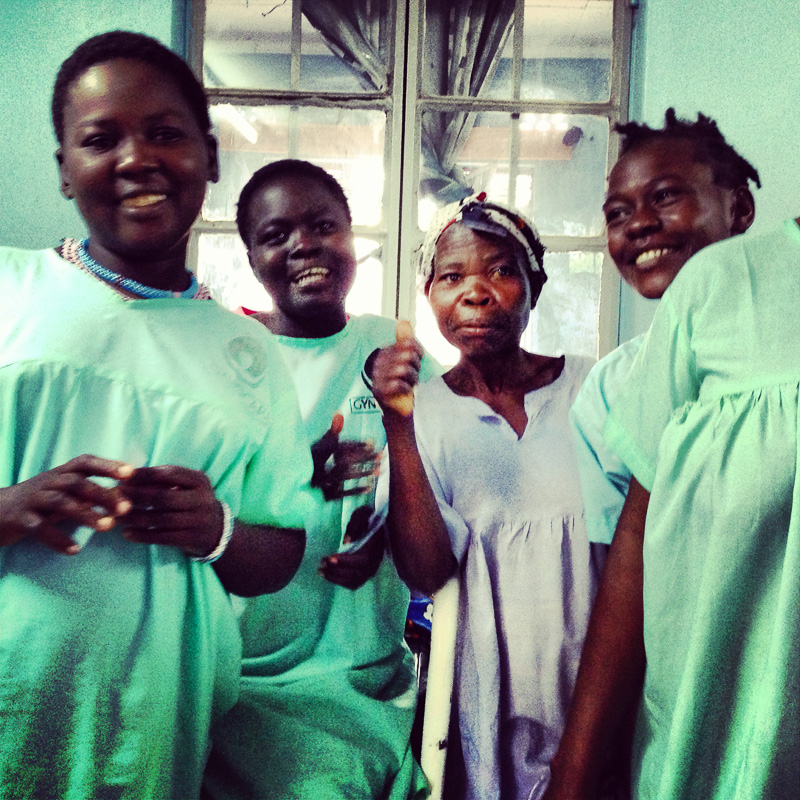
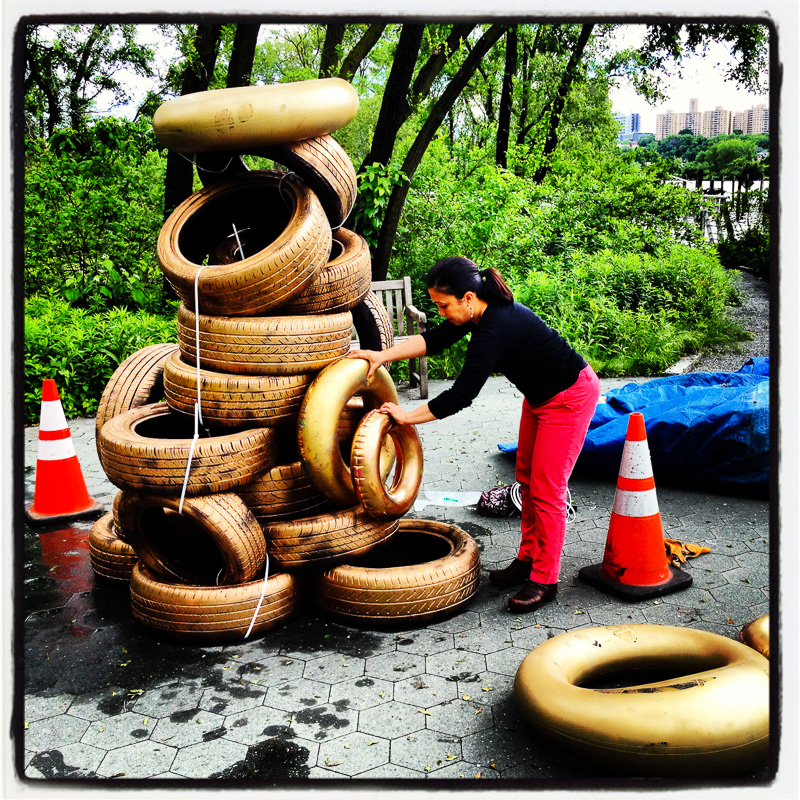
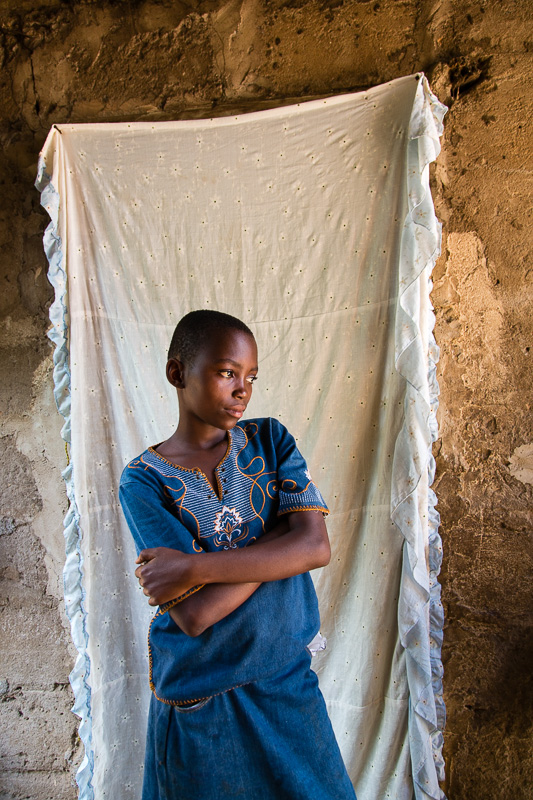
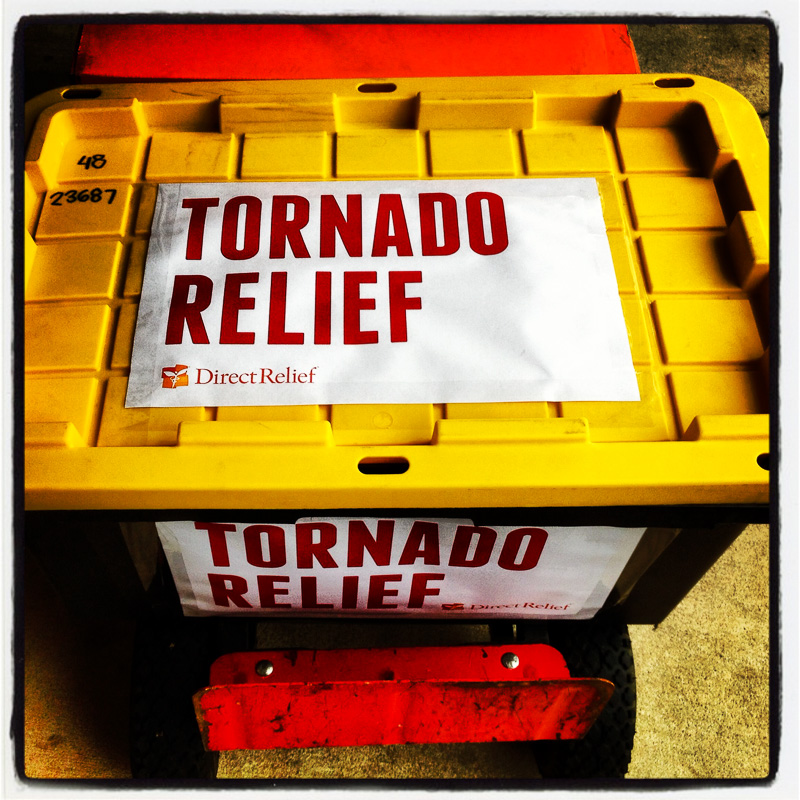
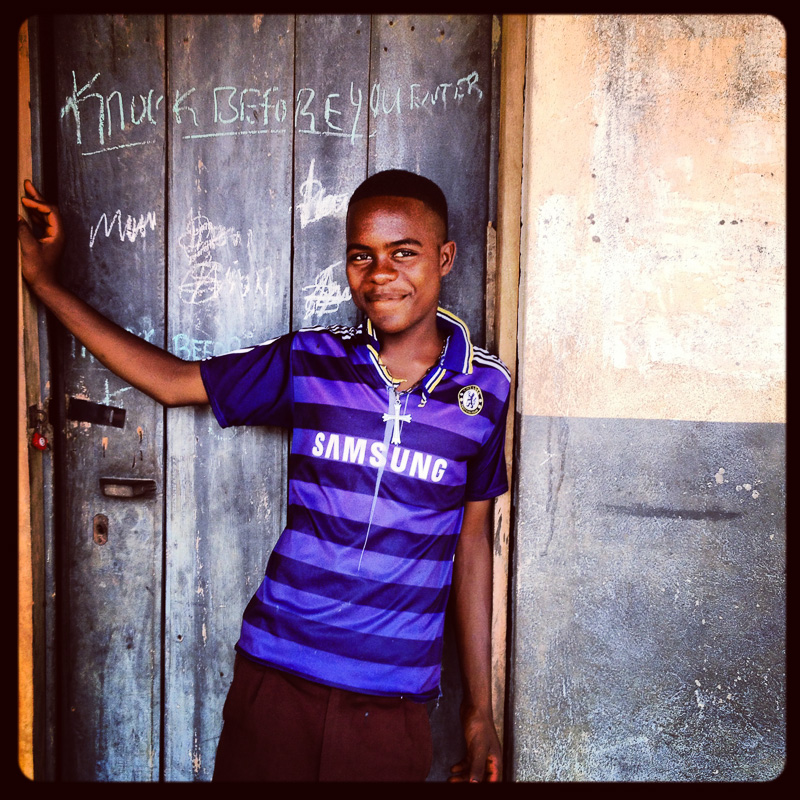
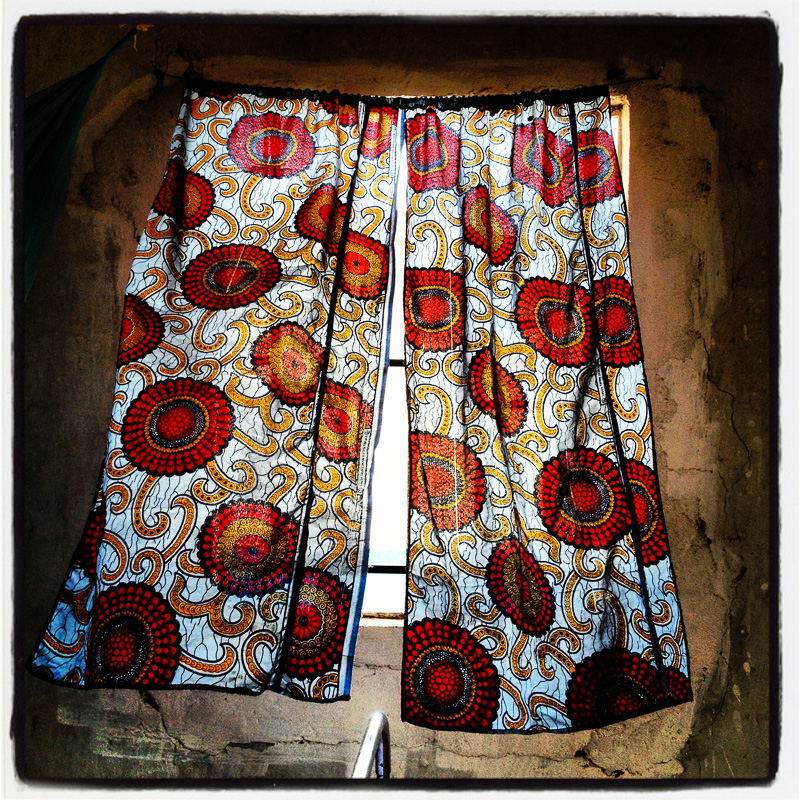
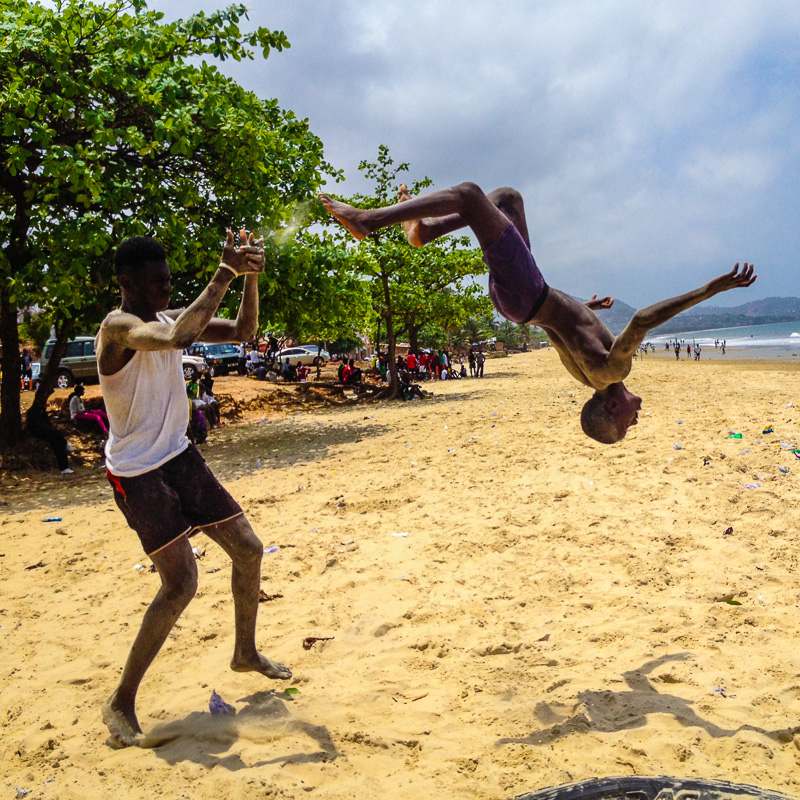
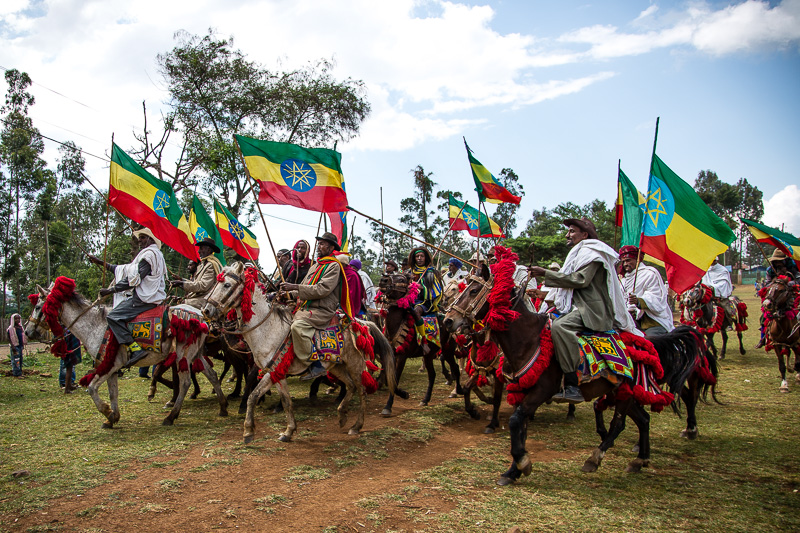
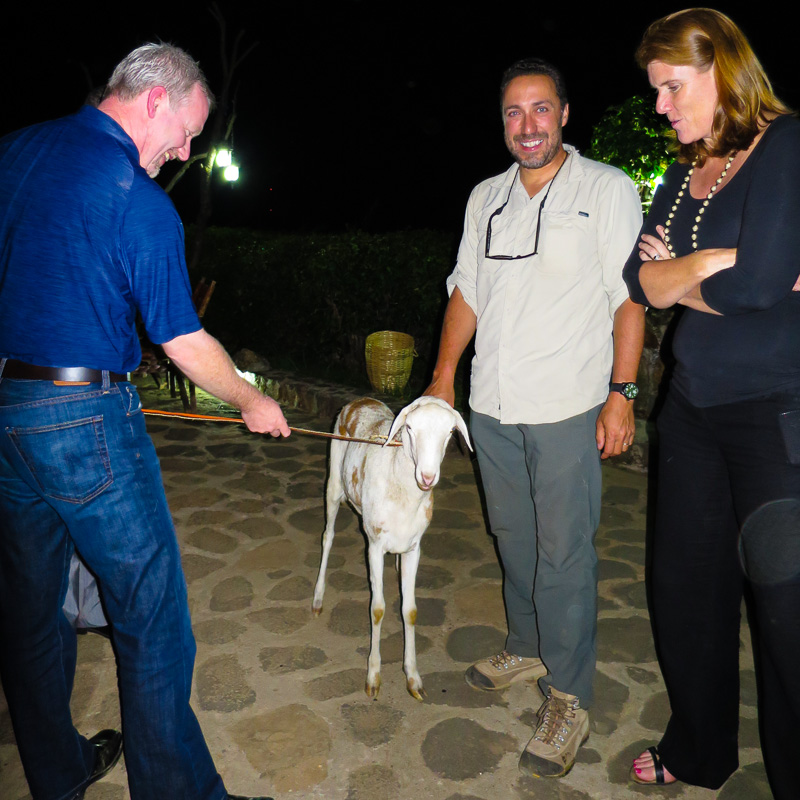
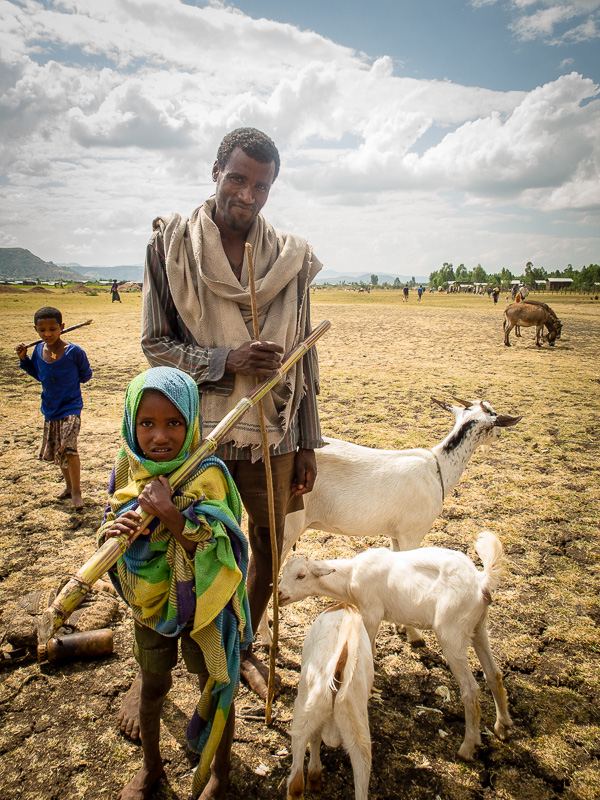
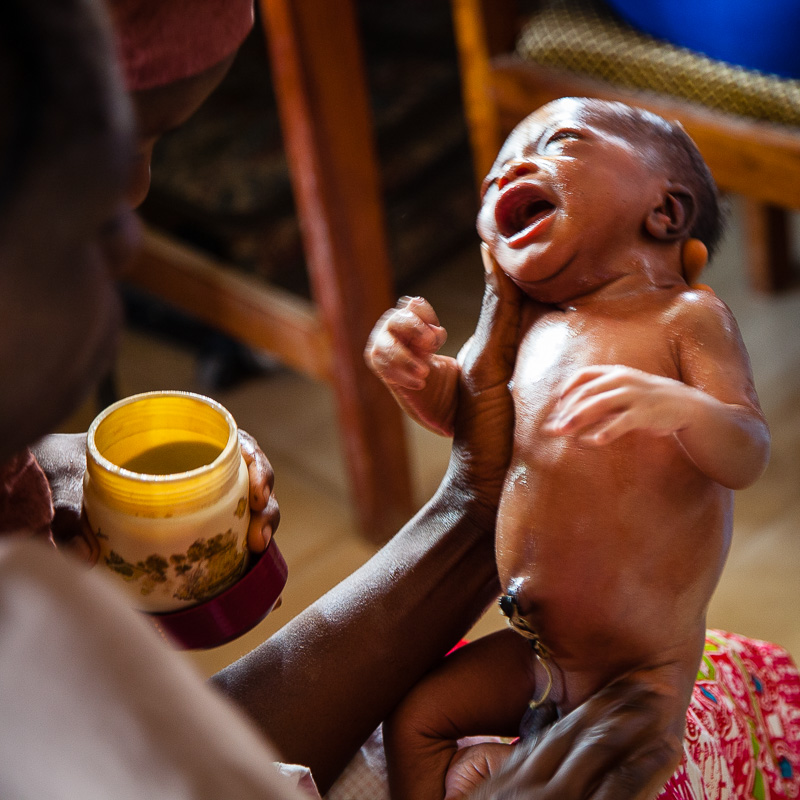
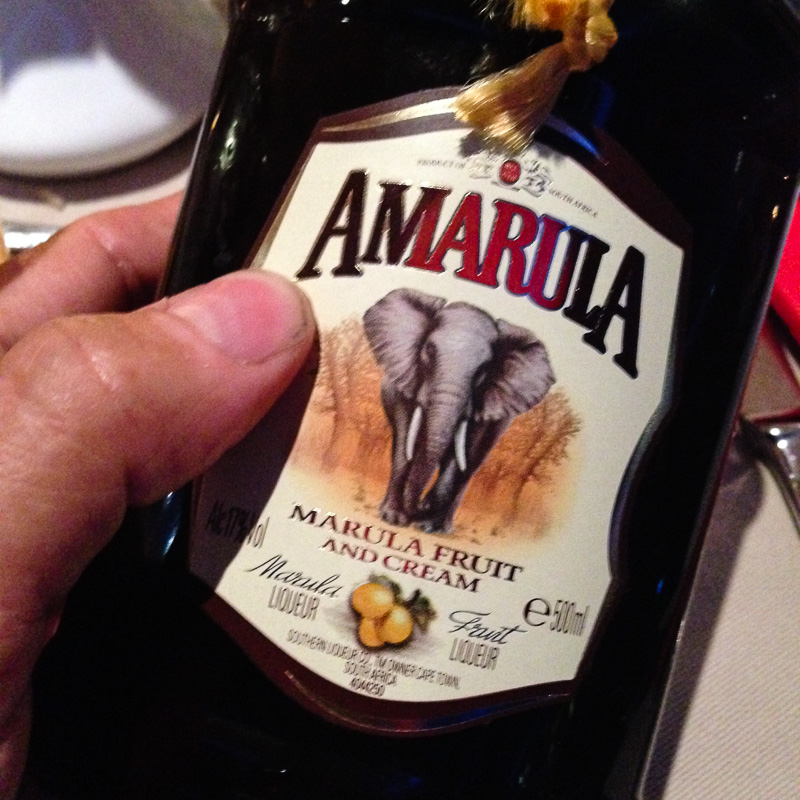
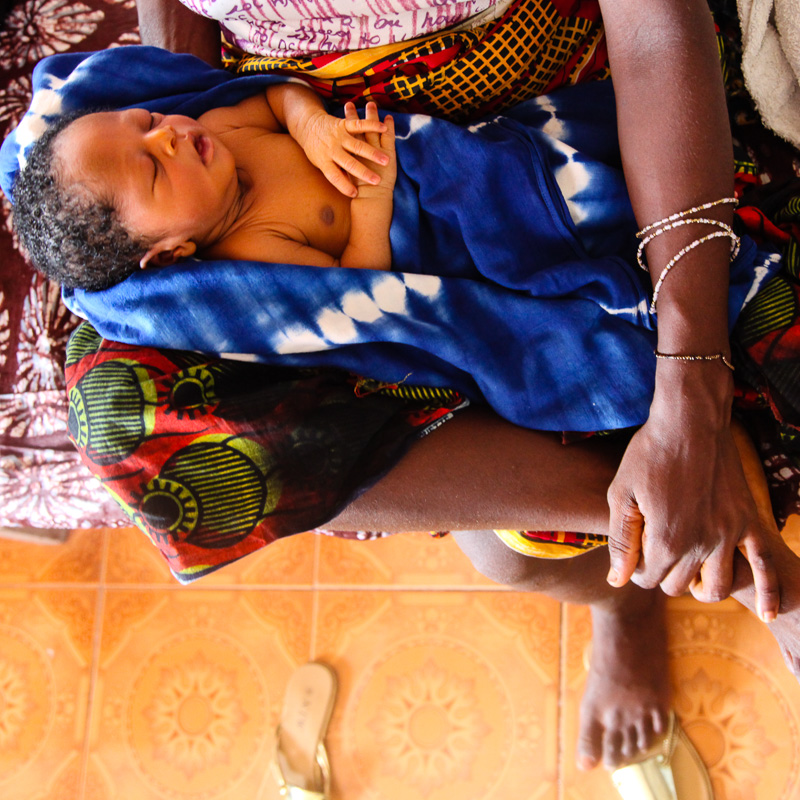
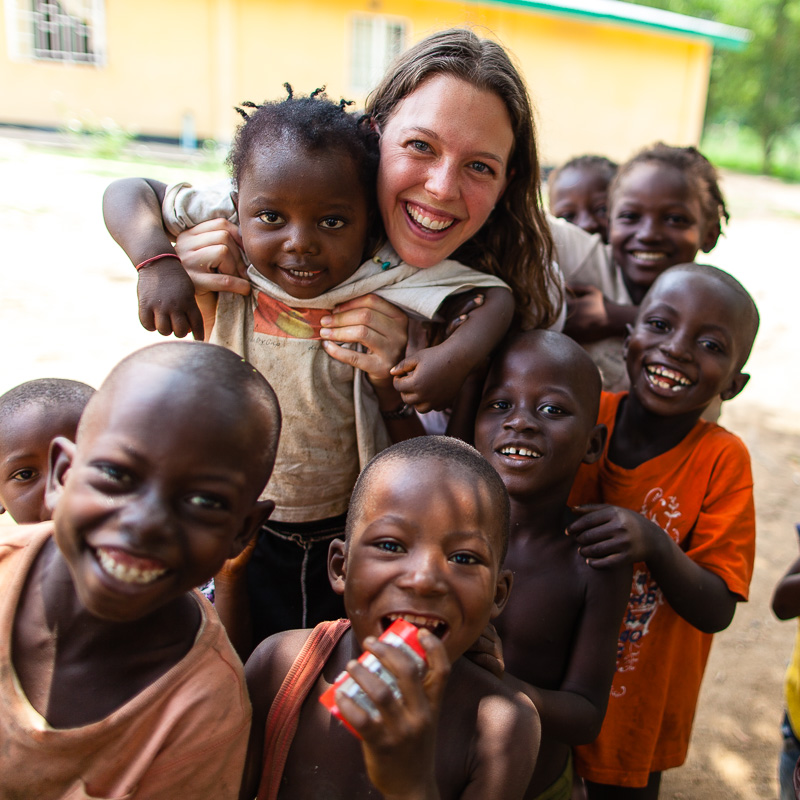
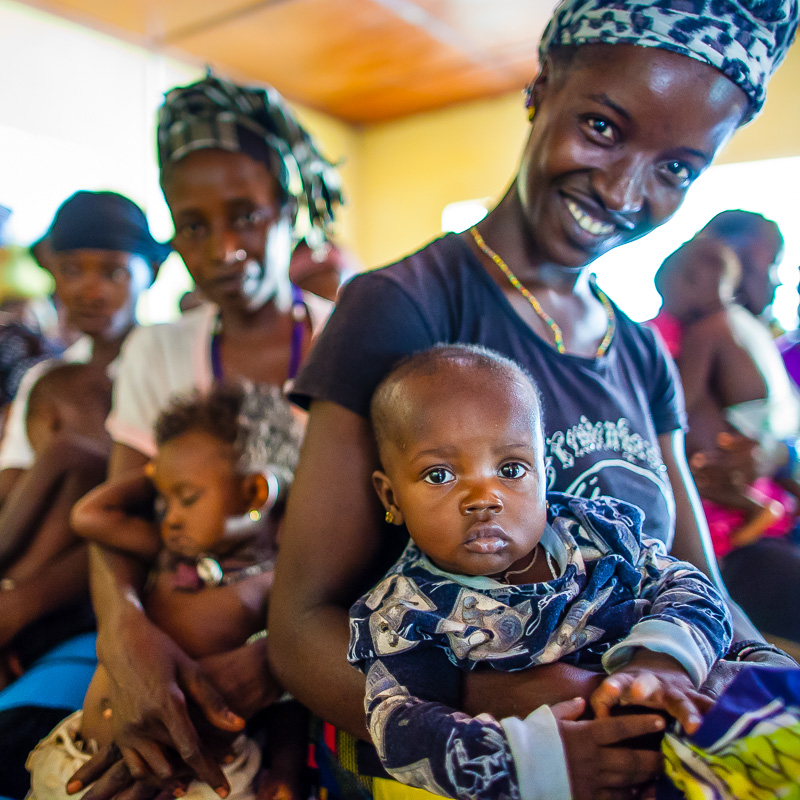

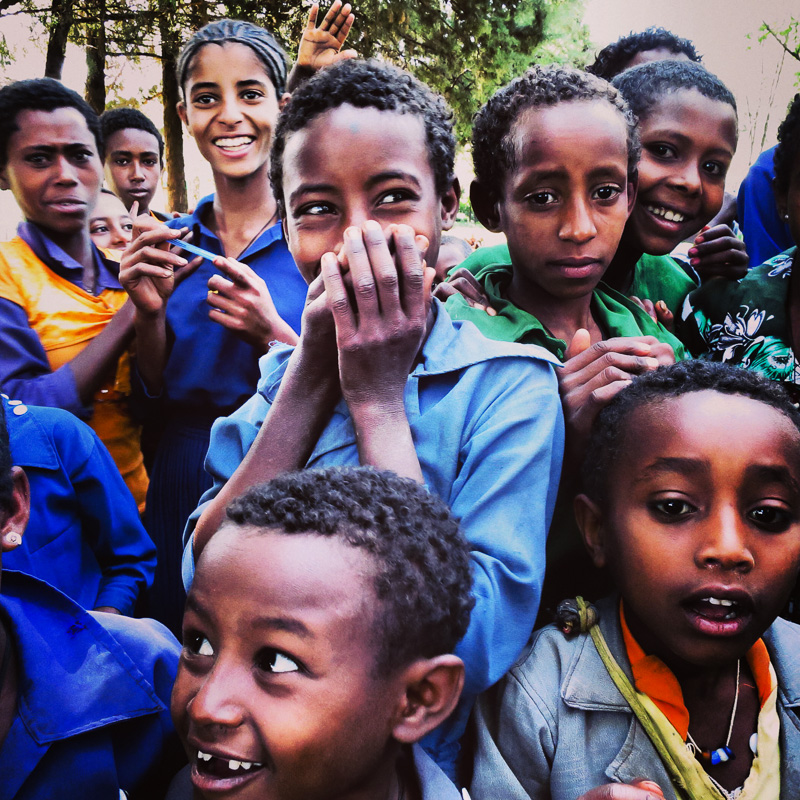
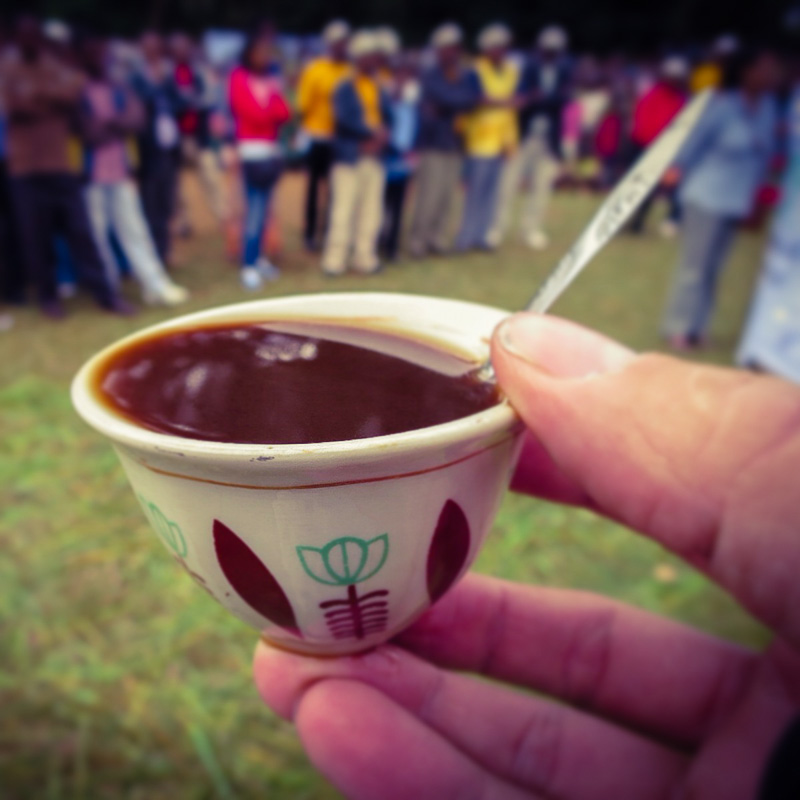
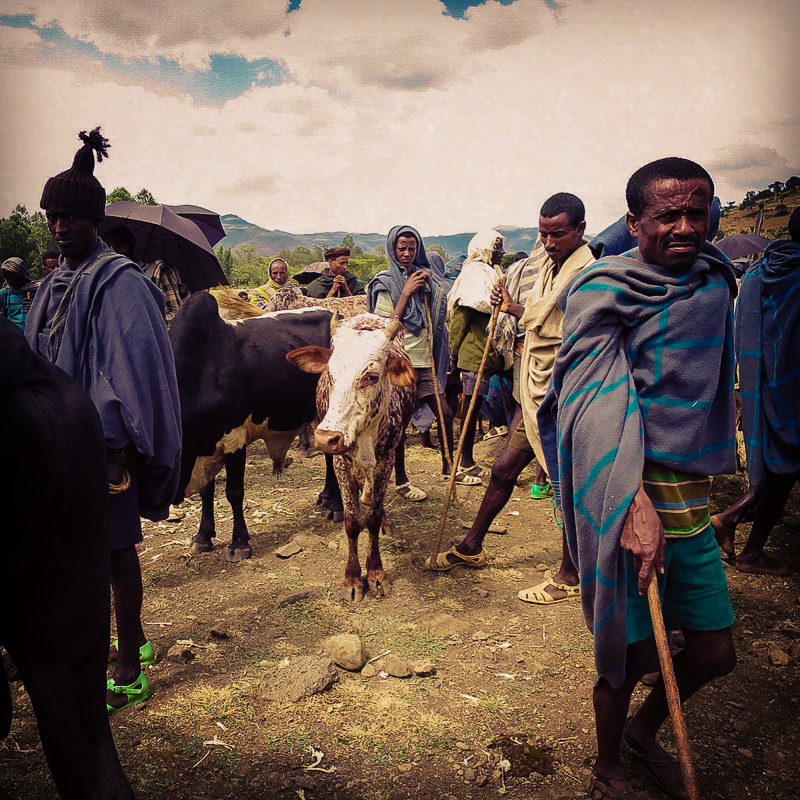
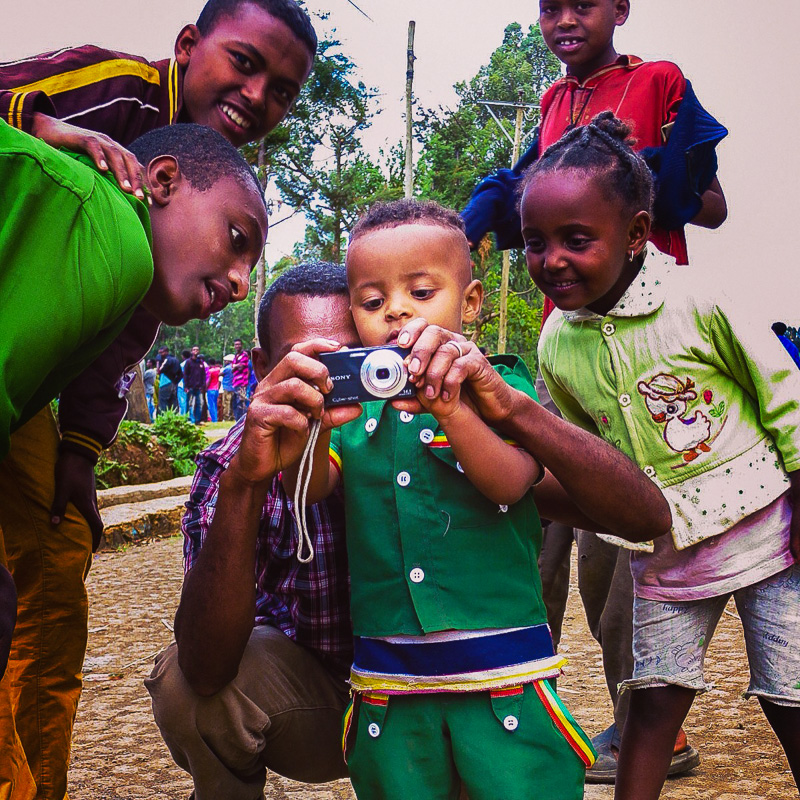
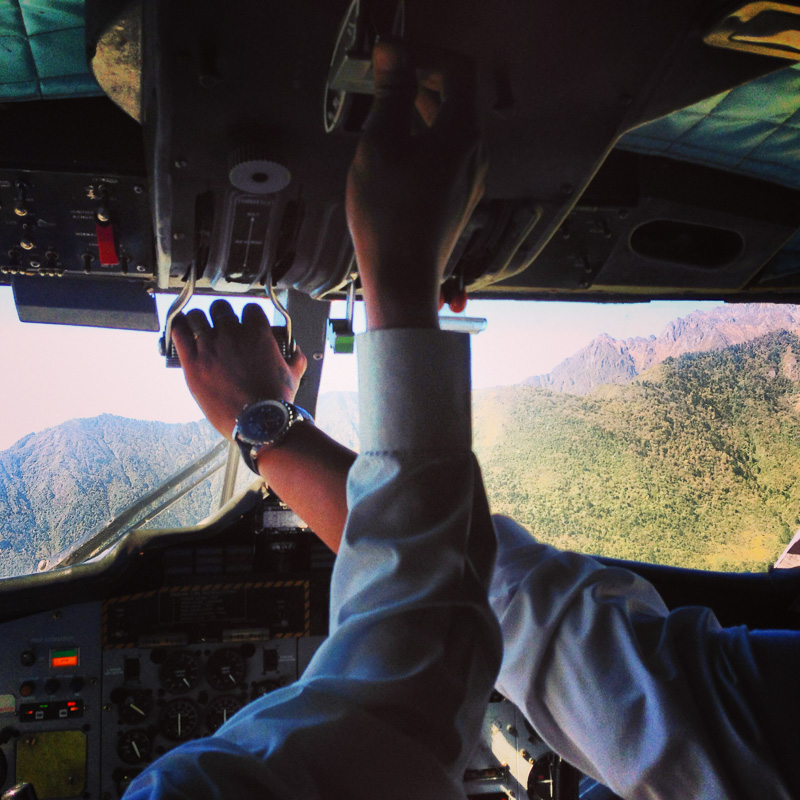
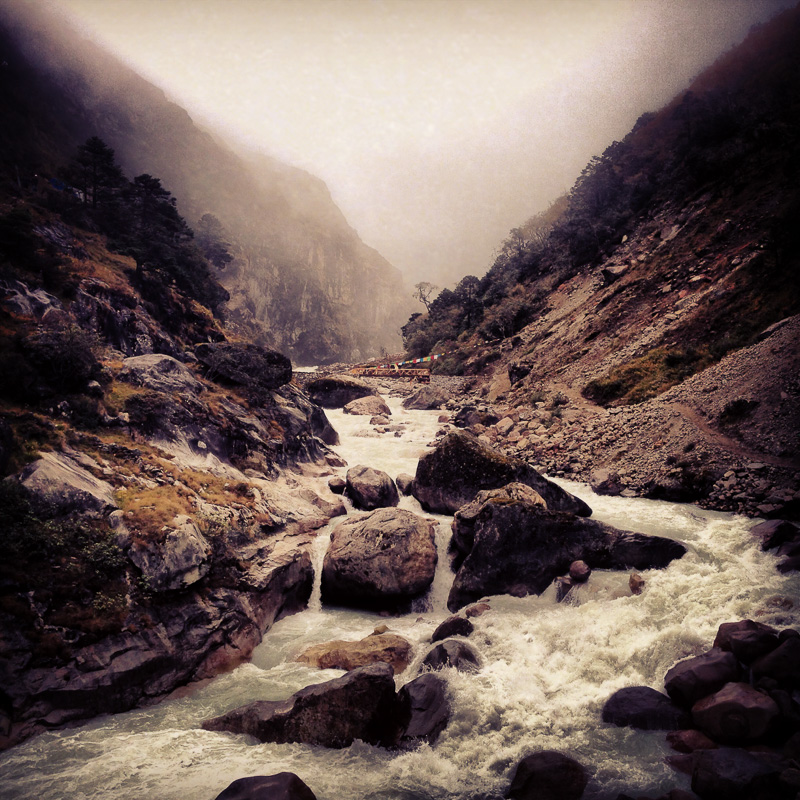
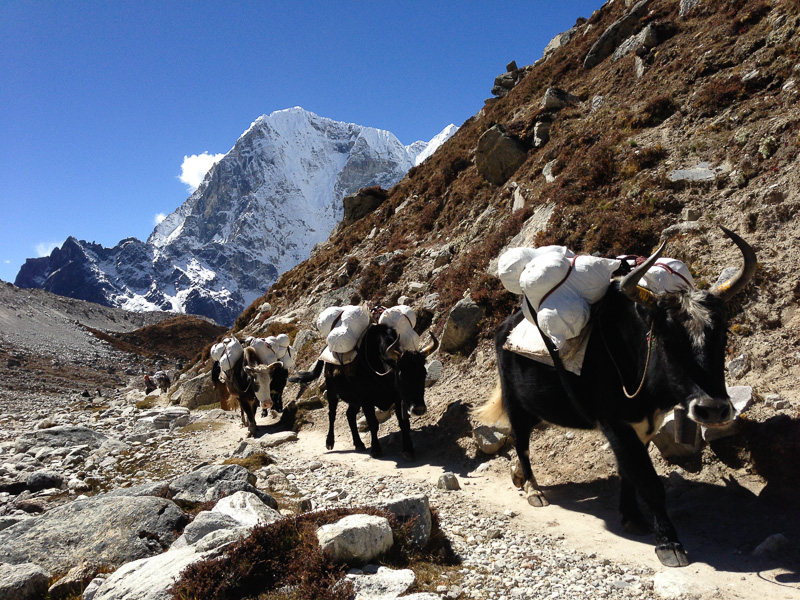
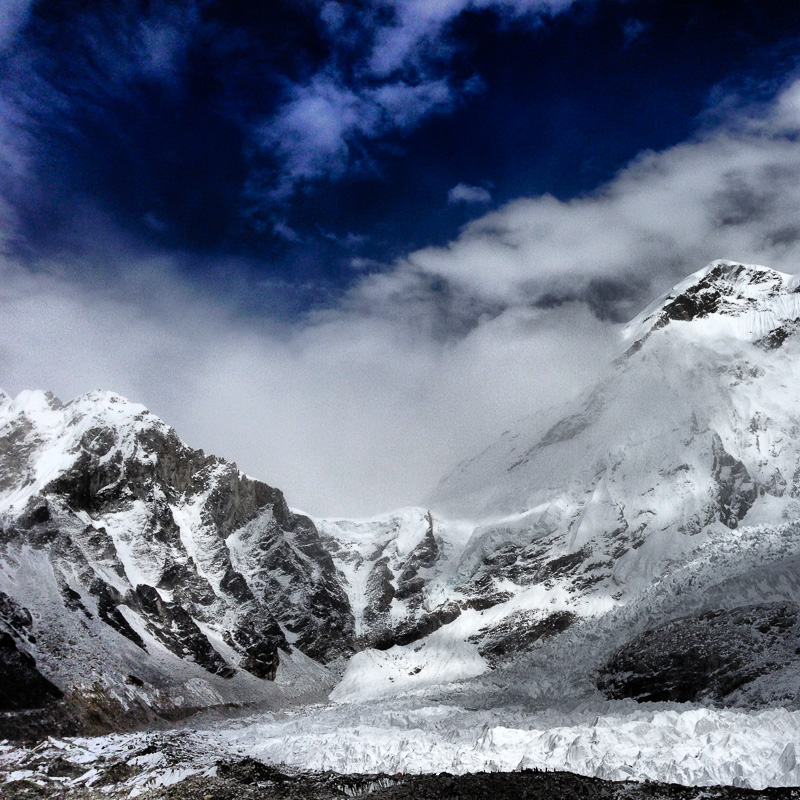
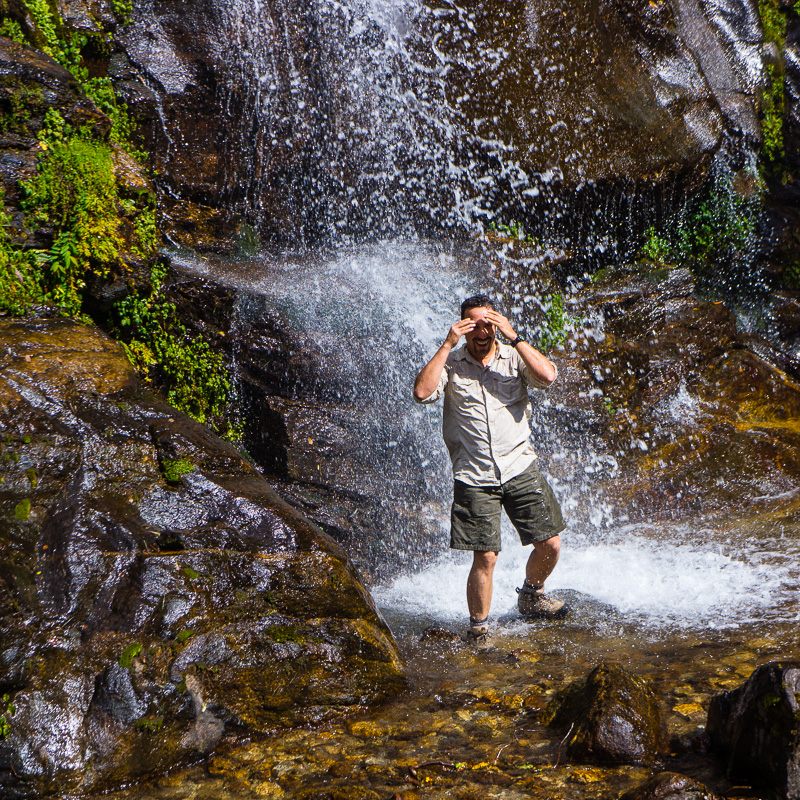
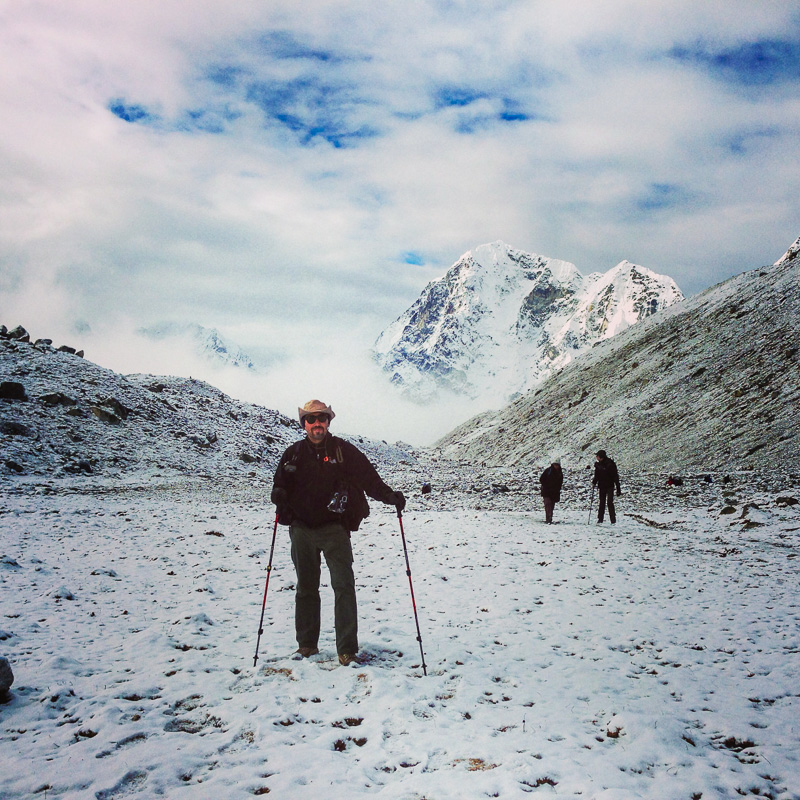
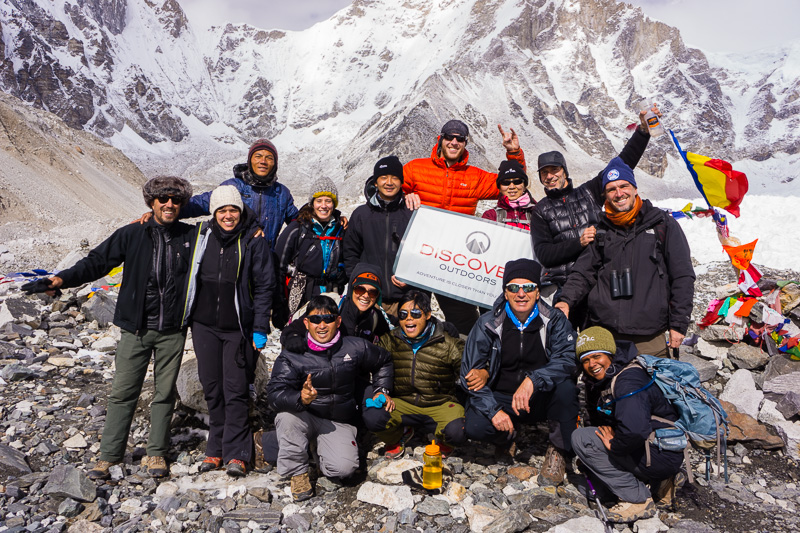
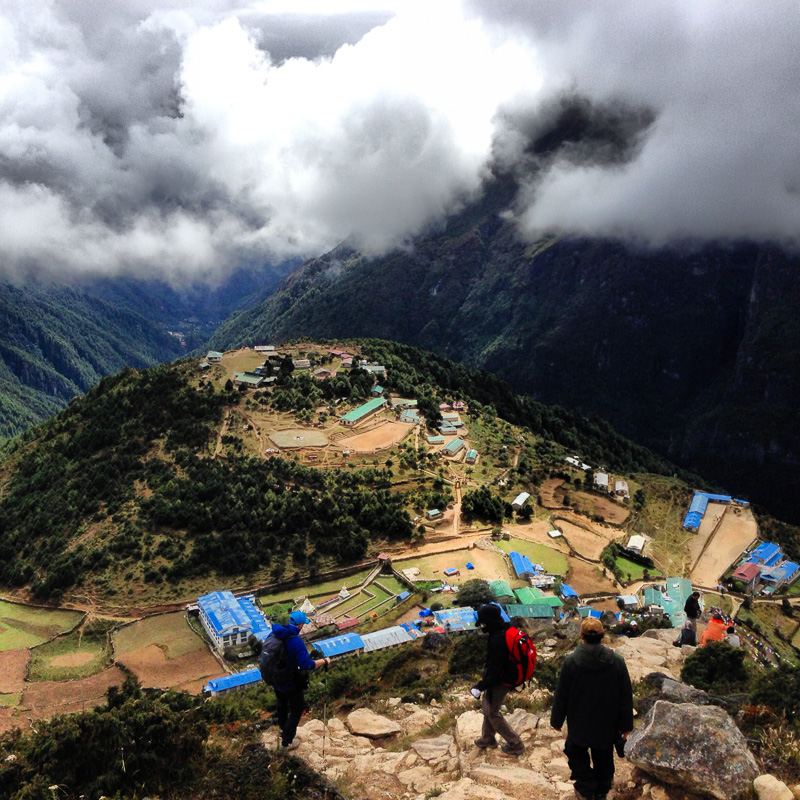
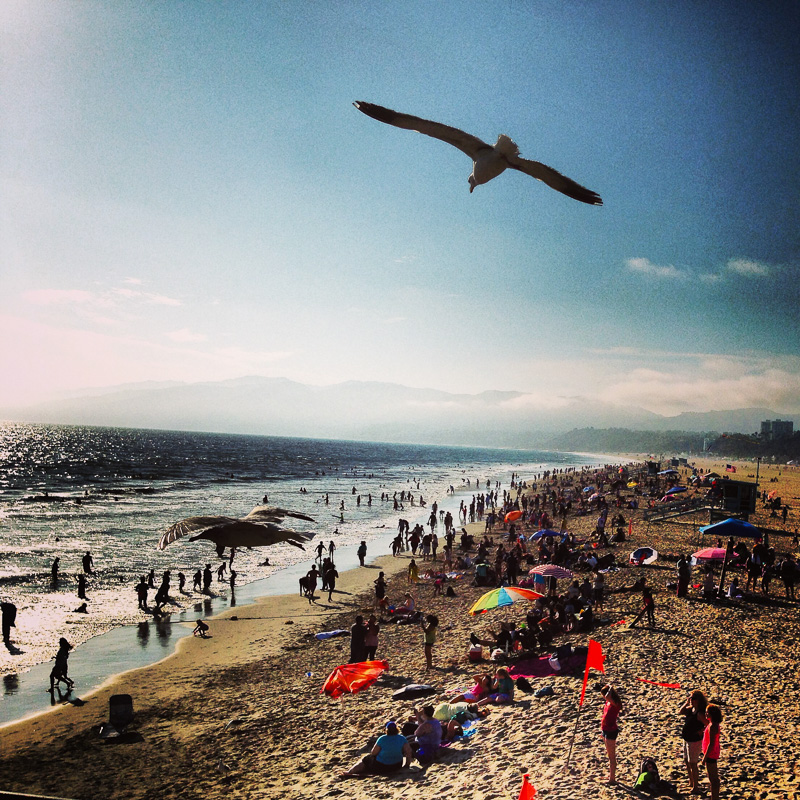
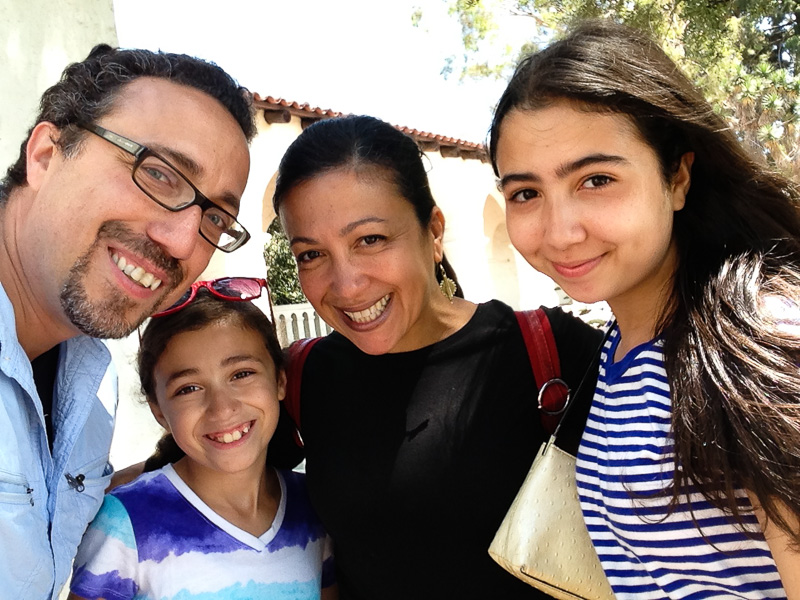
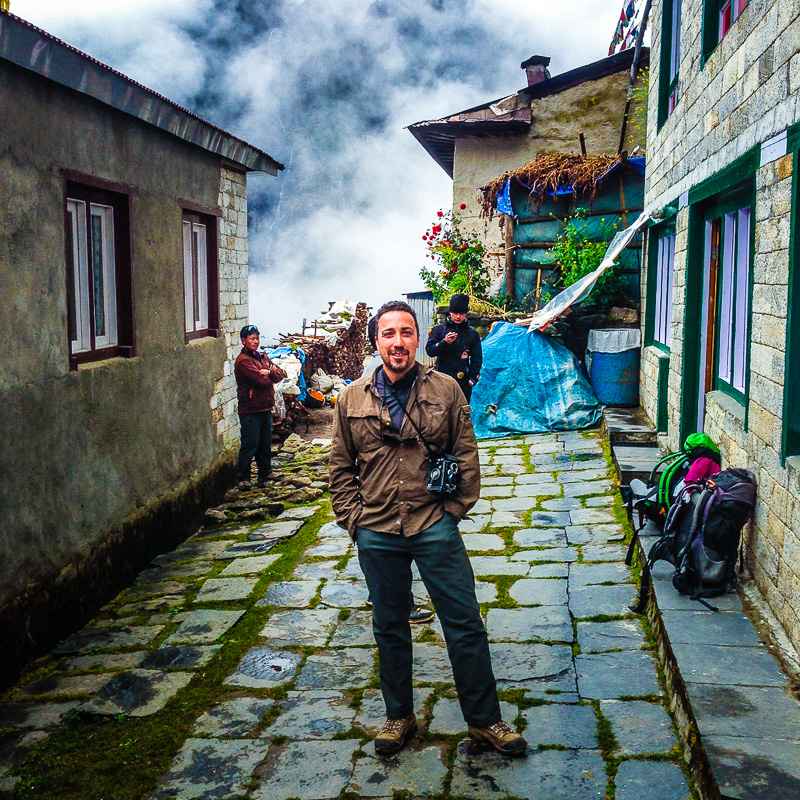
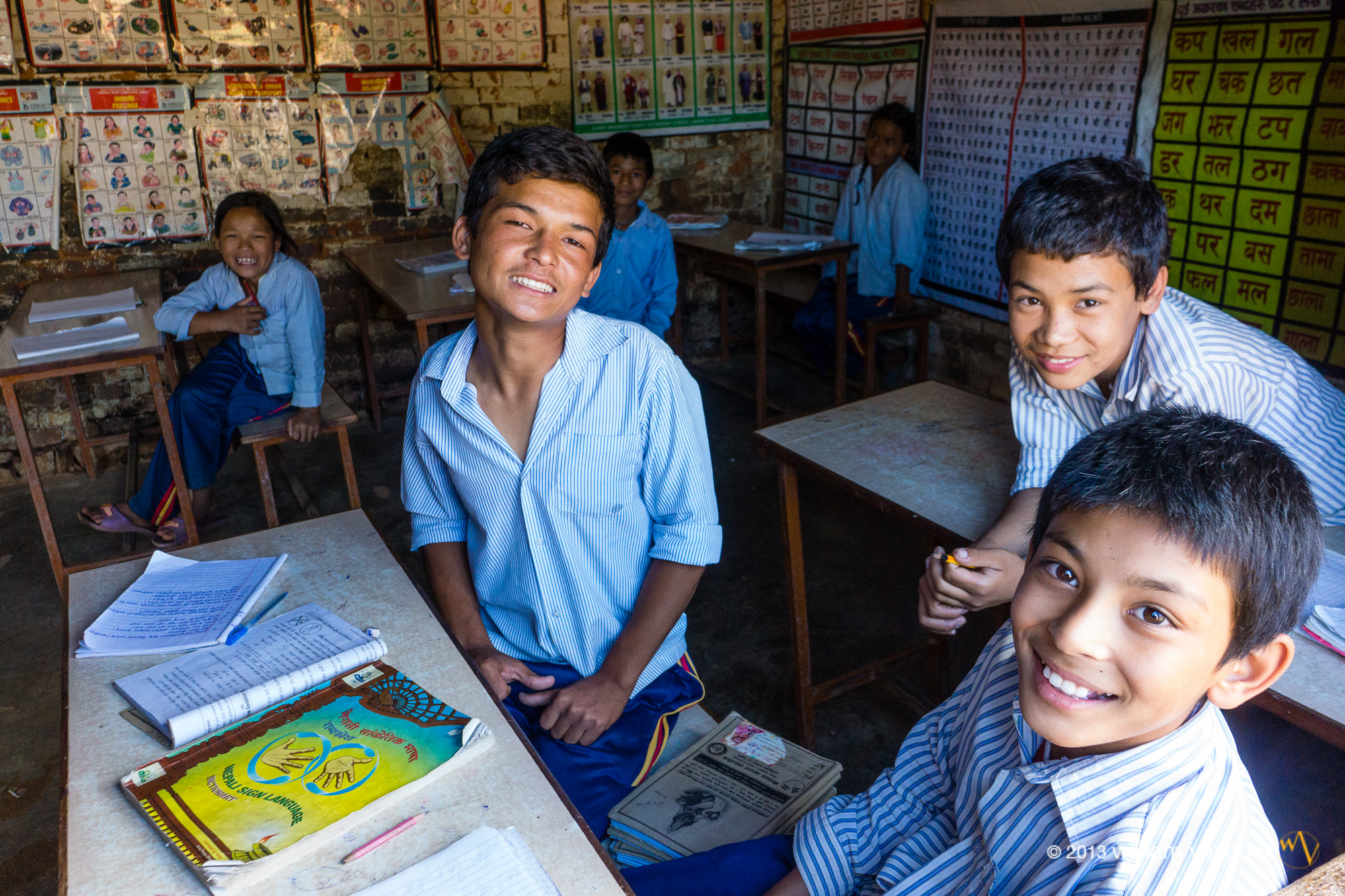 People I photograph tell me all sorts of stories about themselves, good stories, funny stories, and tragic stories as well. Although my photography does help by getting their stories out to a broader audience, and action being taken. I am usually left wanting to do more; something more concrete. With so many people that need help, where do you start? When my friends, founders of
People I photograph tell me all sorts of stories about themselves, good stories, funny stories, and tragic stories as well. Although my photography does help by getting their stories out to a broader audience, and action being taken. I am usually left wanting to do more; something more concrete. With so many people that need help, where do you start? When my friends, founders of 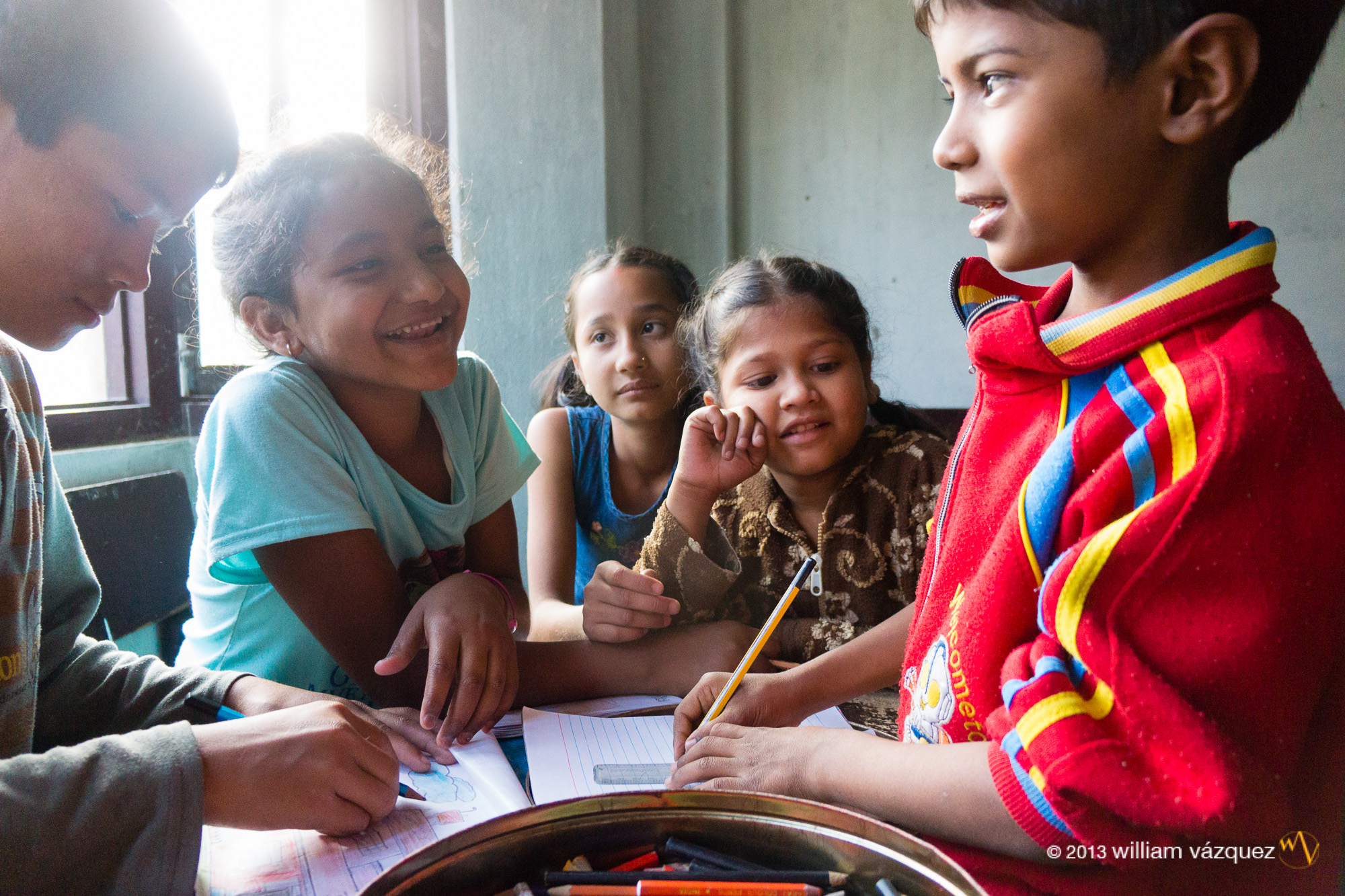
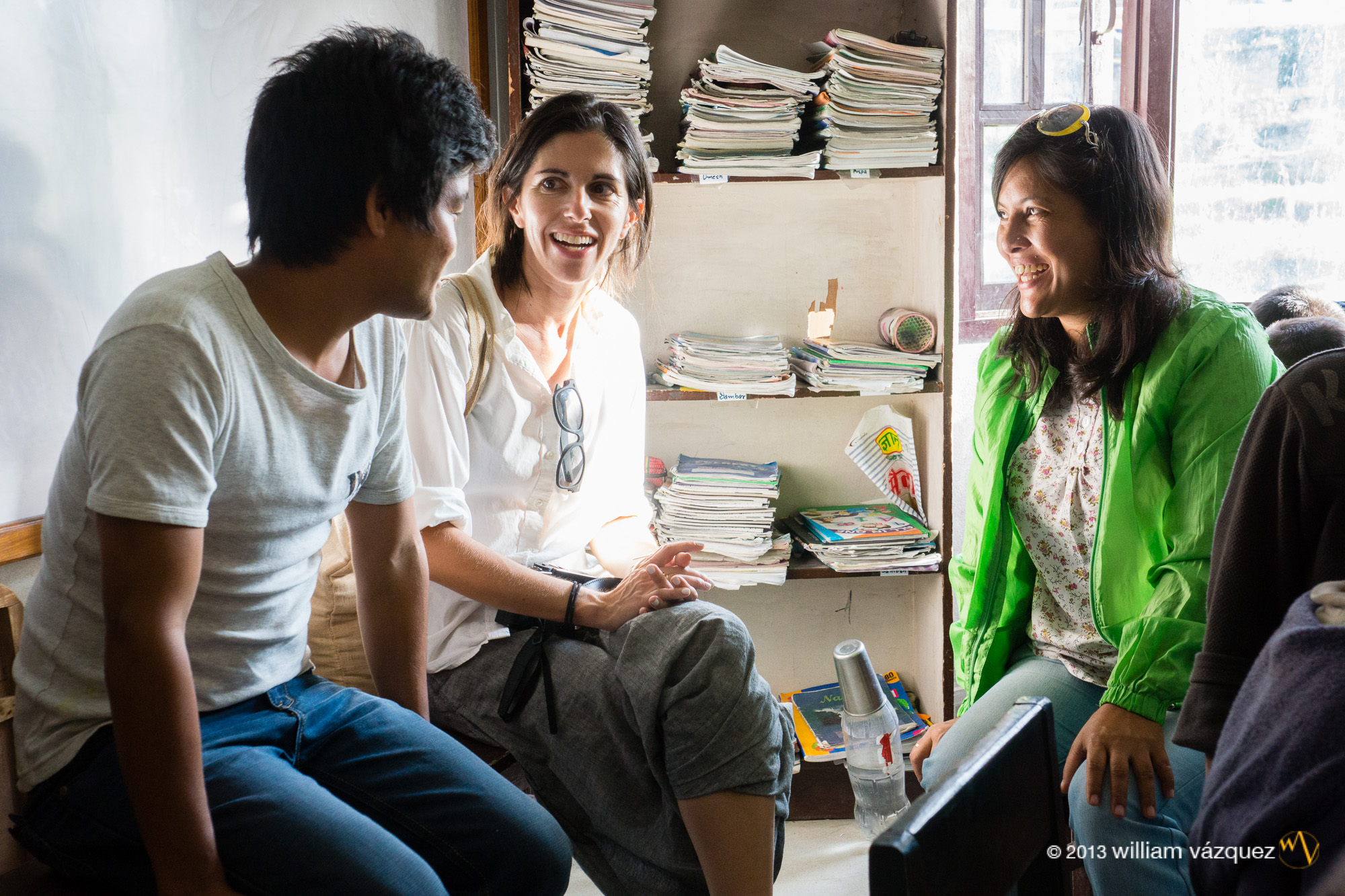
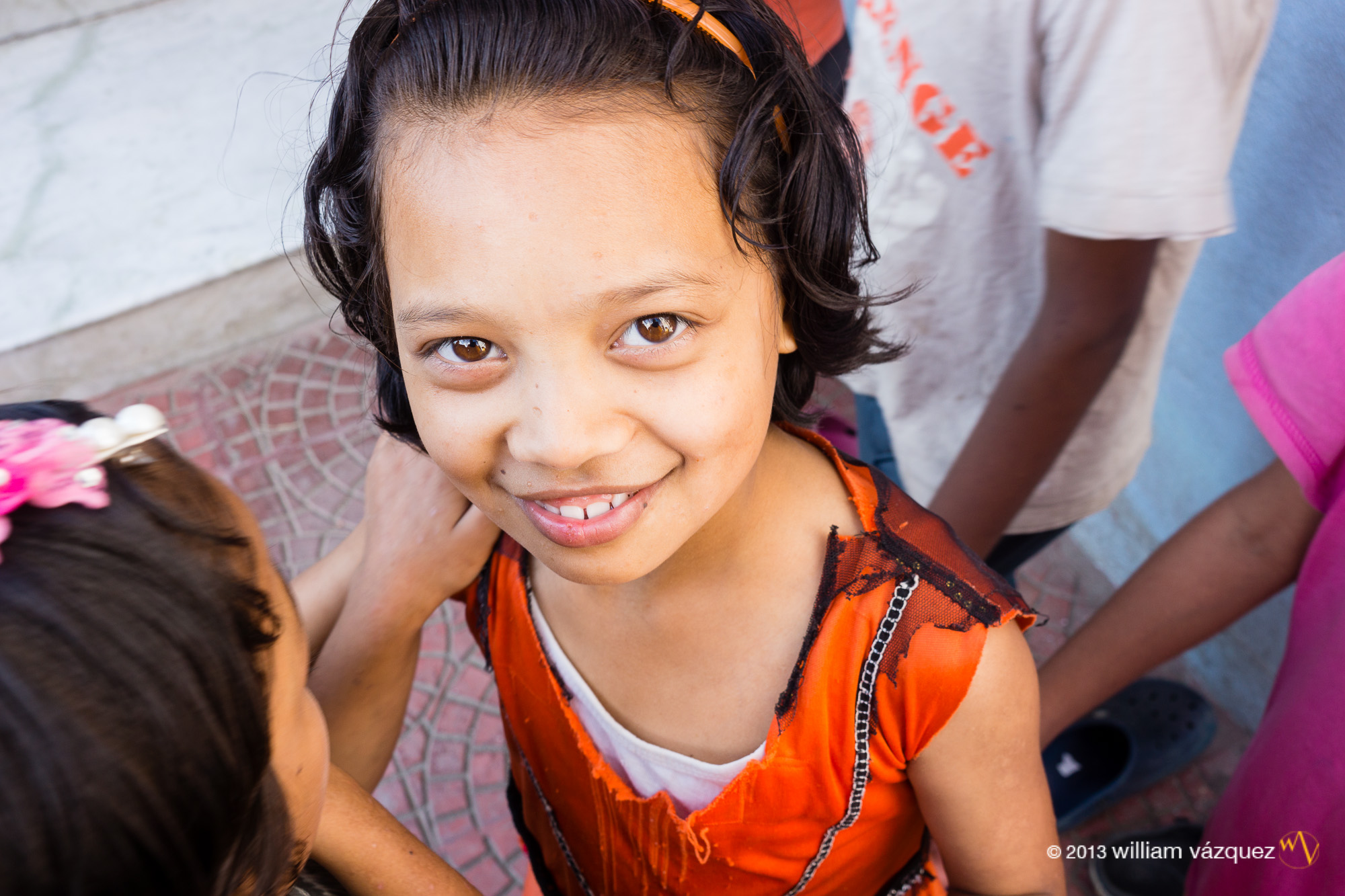
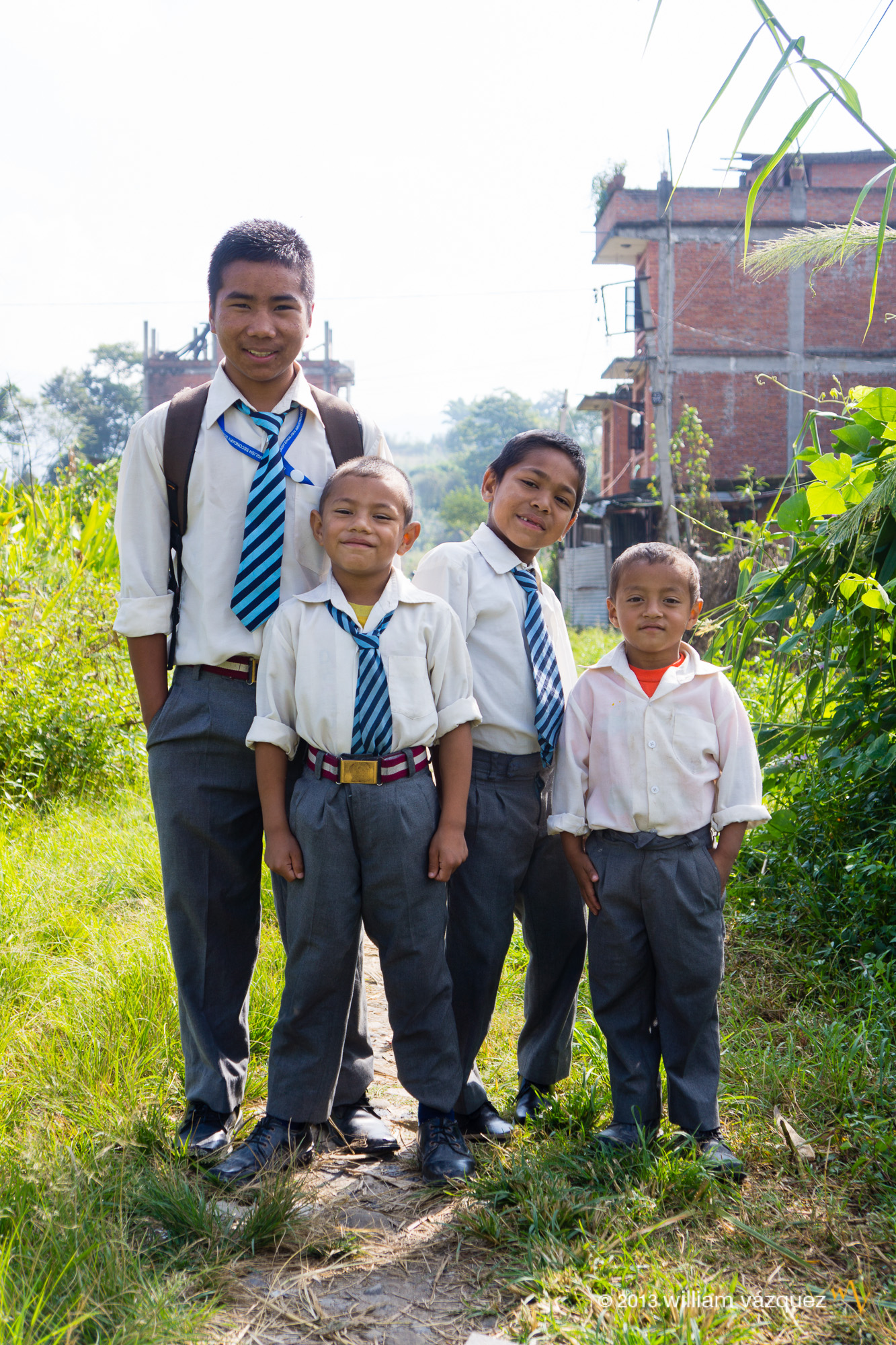
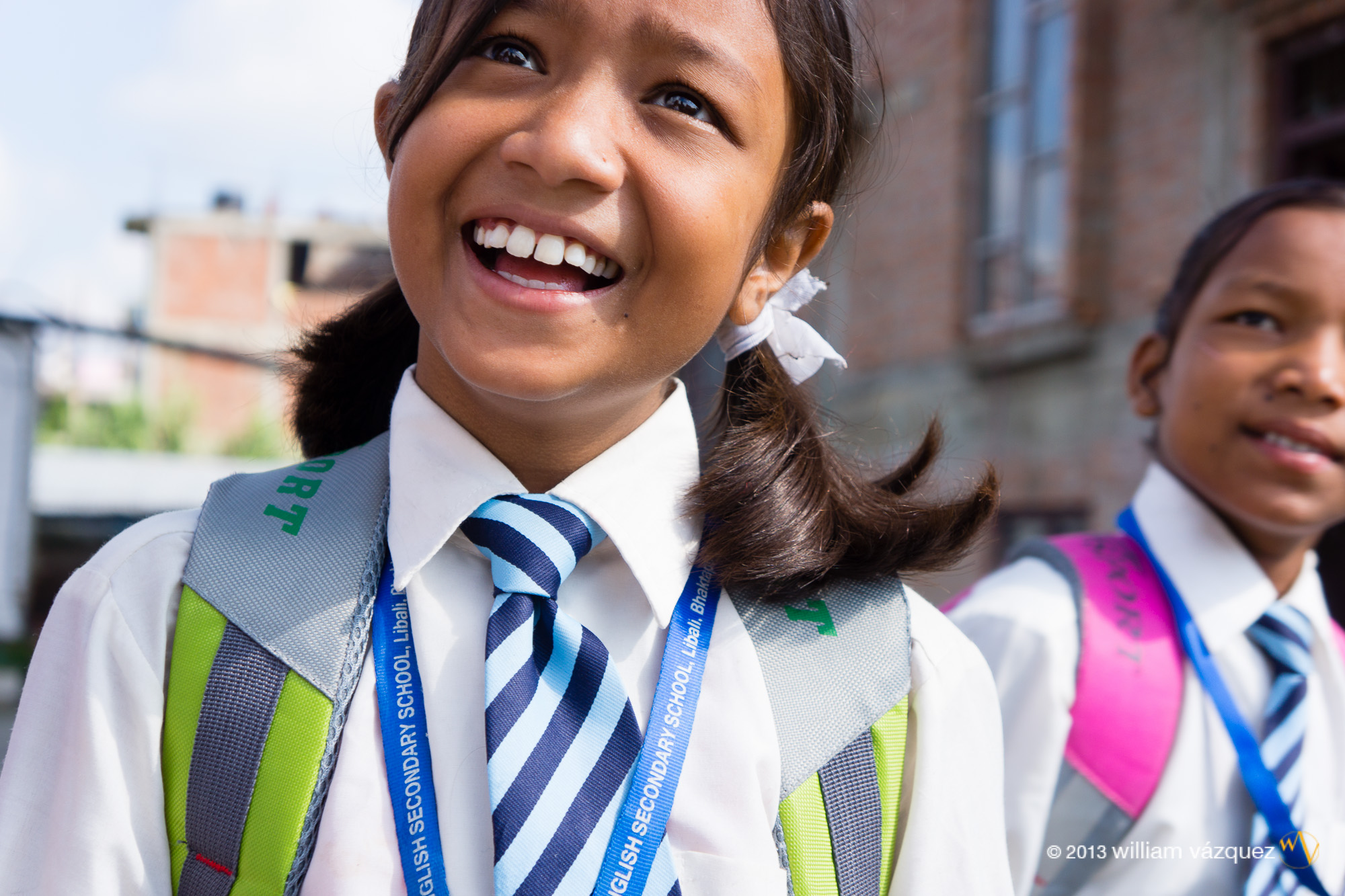
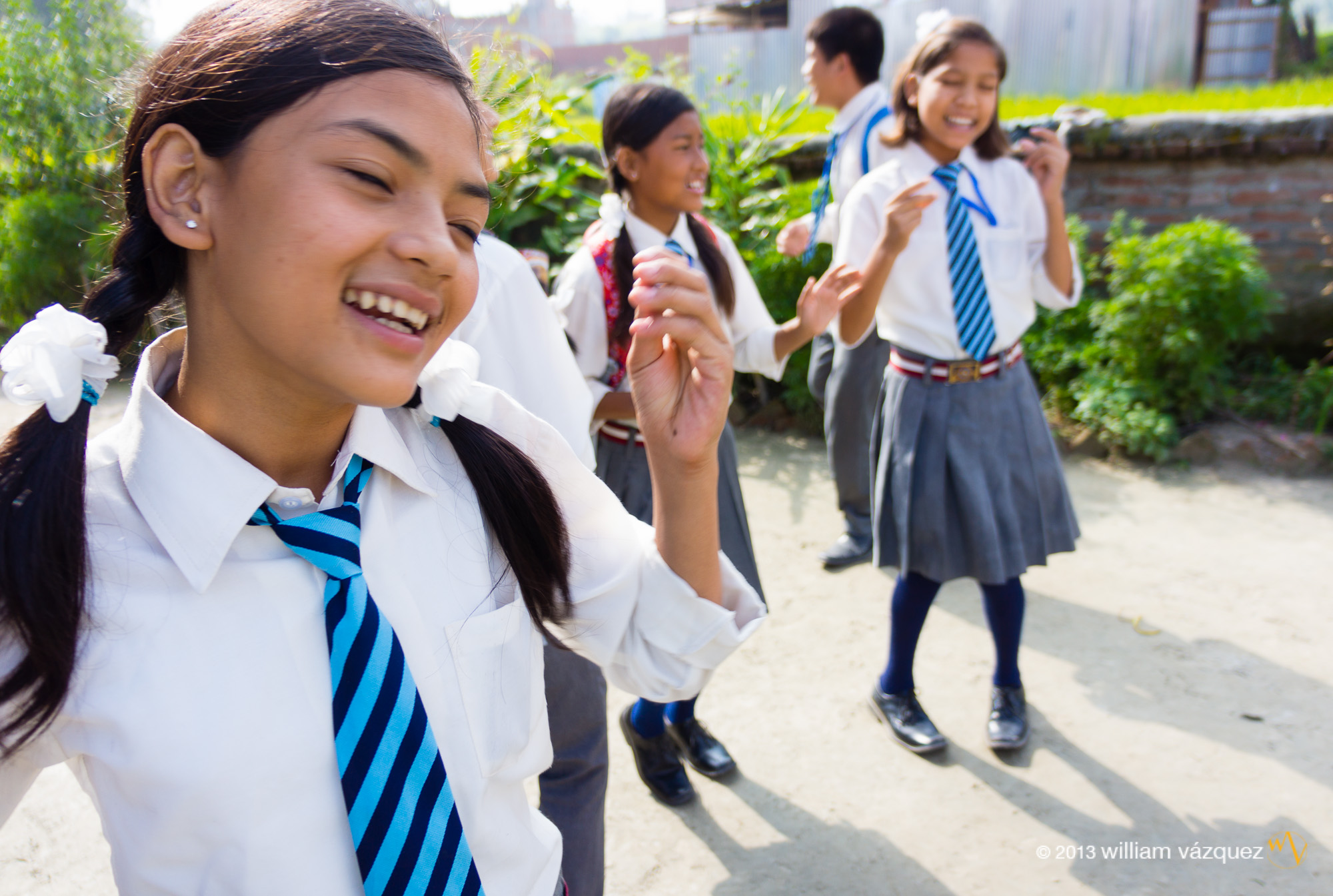
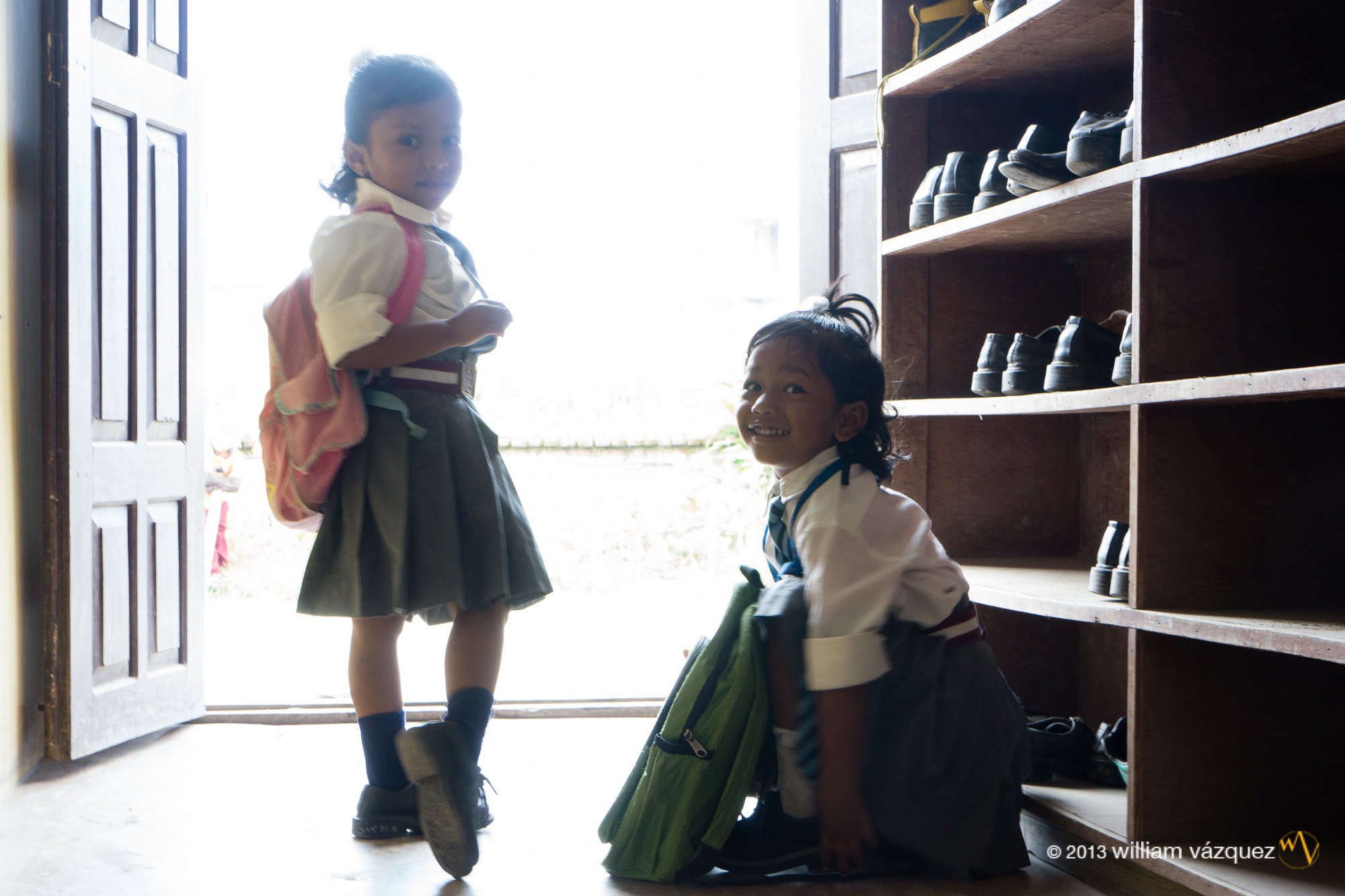
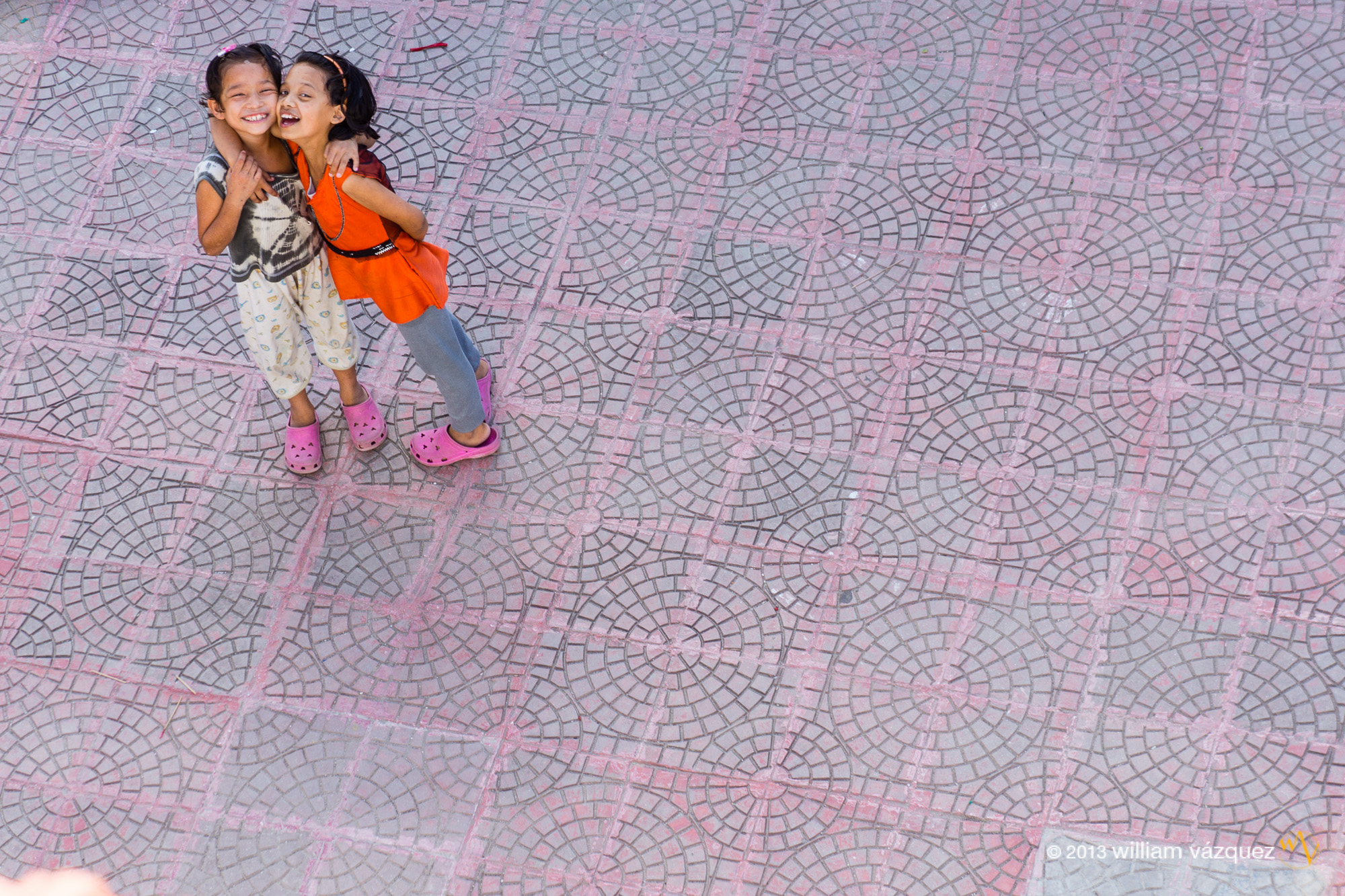
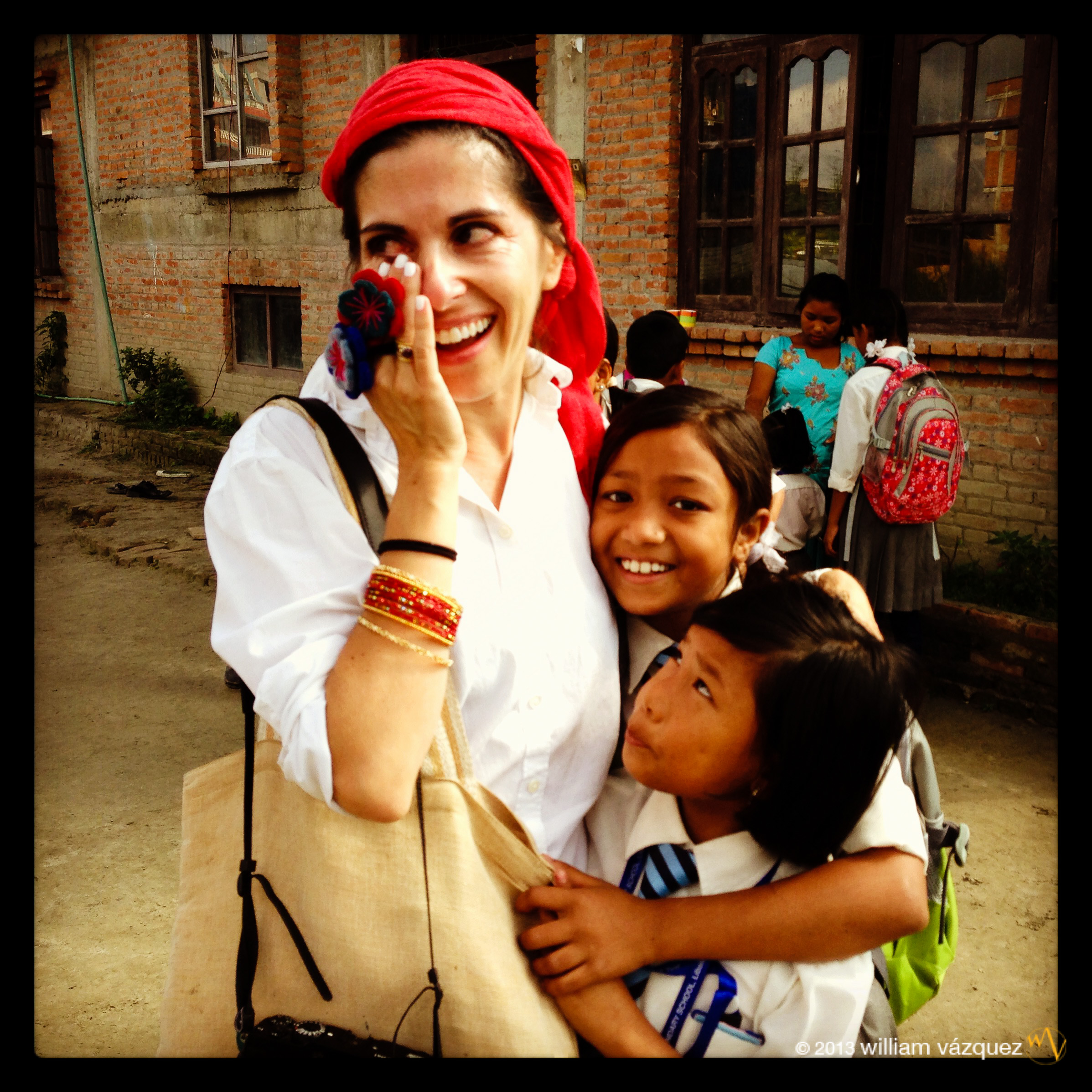
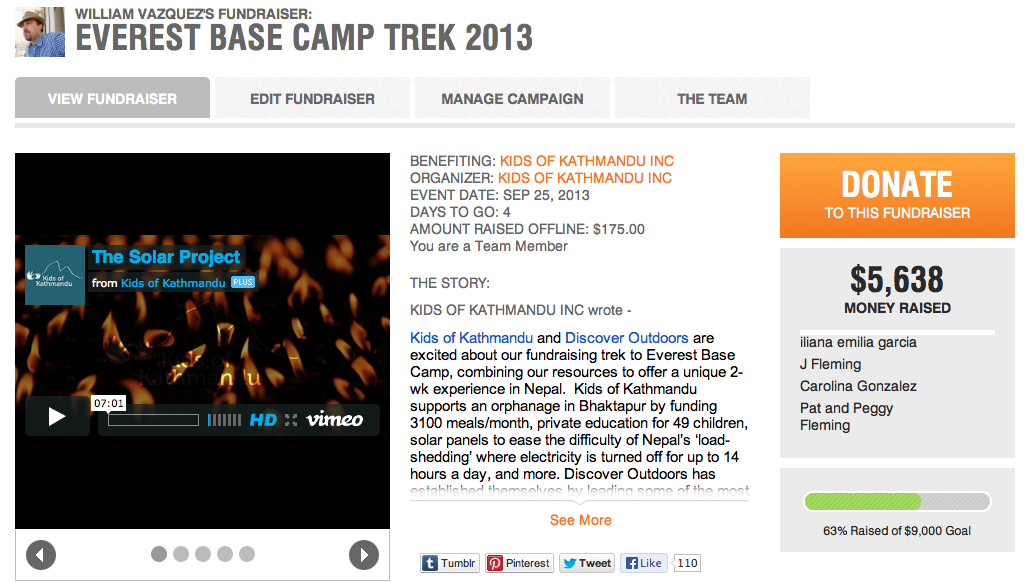
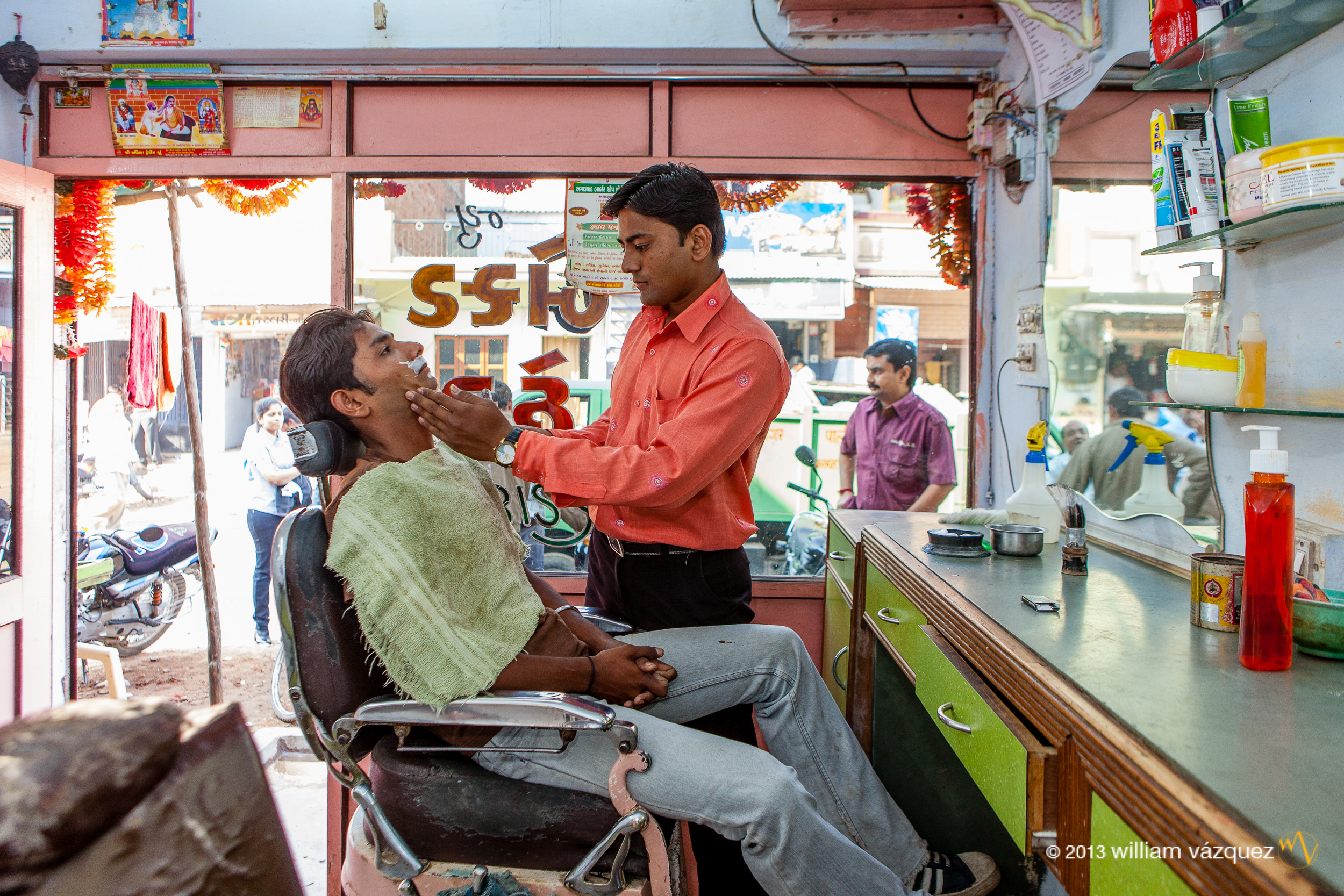 Stories, from the road:
"My father is a barber, my grandfather was a barber, I want something else. Although I am very talented. Abbott has given me an opportunity to be something else."
Stories, from the road:
"My father is a barber, my grandfather was a barber, I want something else. Although I am very talented. Abbott has given me an opportunity to be something else."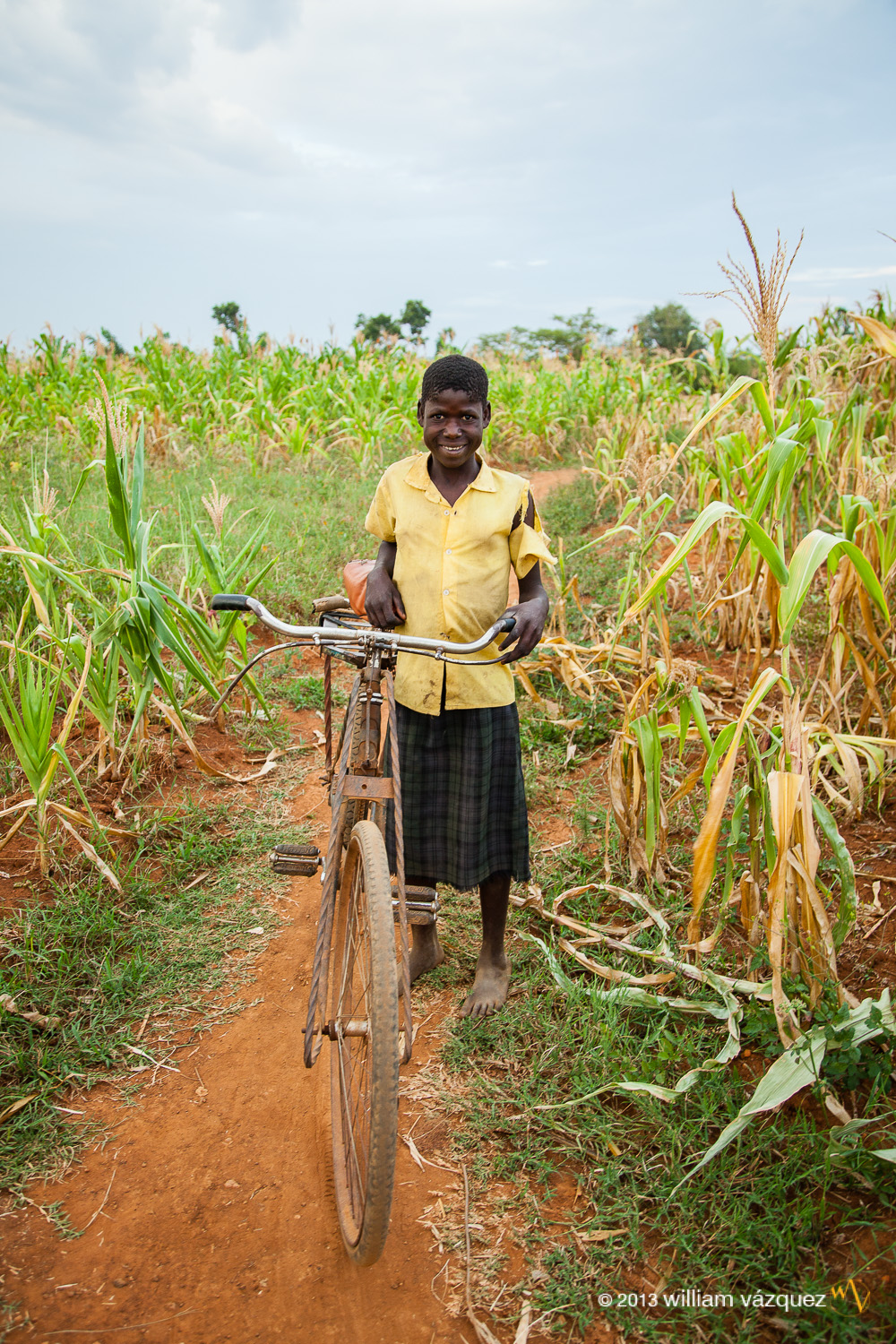 "Need a lift?" she quietly said, as we passed by her on a path among the corn rows. We were headed to visit Pheobe, an
"Need a lift?" she quietly said, as we passed by her on a path among the corn rows. We were headed to visit Pheobe, an 